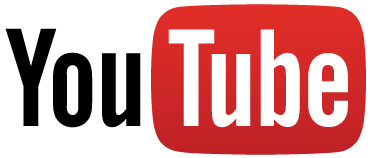Approach
Graphic Design in the Department of Art & Art History is predicated upon Graphic Design as a multifaceted discipline in the art and practice of verbalizing, visualizing, and communicating ideas. This approach offers students the creative, intellectual, and technological skill sets necessary to become design practitioners engaged with real world design opportunities. In Art & Art History, design students learn conceptual criticality in relation to the development of form and the importance of articulating the thought processes, research, intention, and outcomes of their work. The studio-based curriculum focuses on principles, theories, and strategies emphasizing visual literacy, typographic refinement, conceptual rigor, formal quality, and technical agility across a range of interfaces such as print, motion, interactive, experience, and installation. The program is situated within the Art & Art History Department, contexualizing Graphic Design within the history and practice of visual art.
Student Work
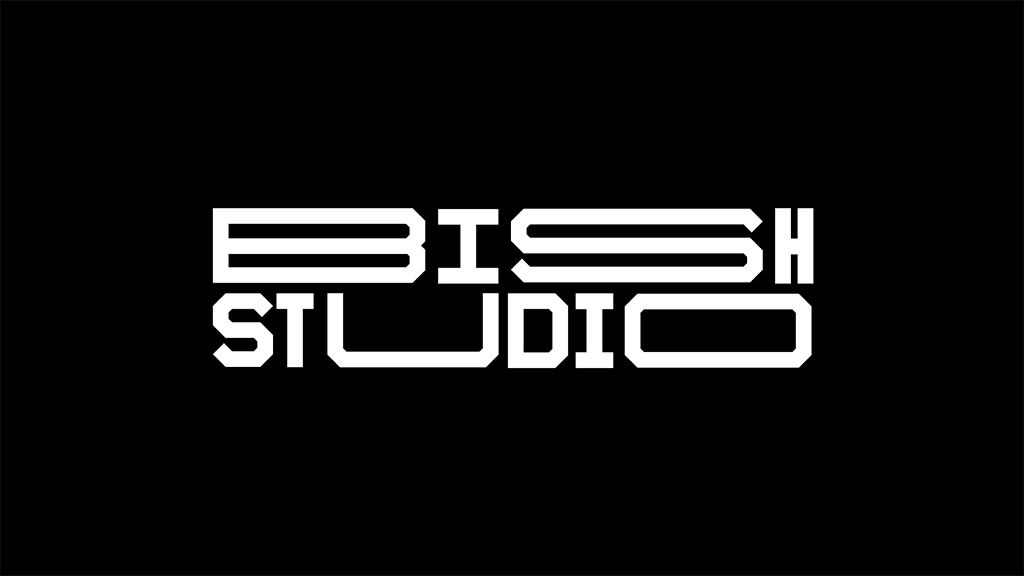
Student Work – 047
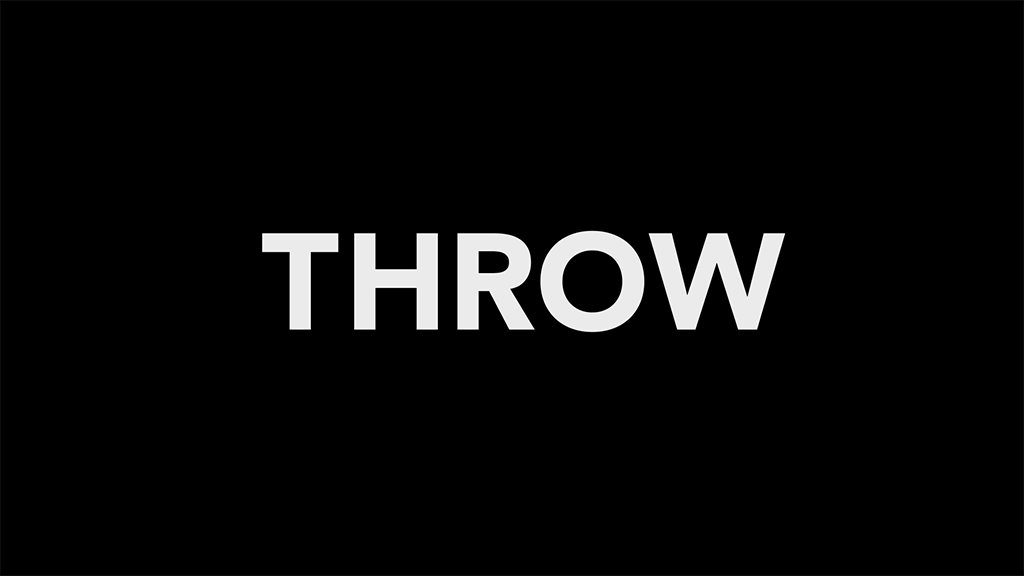
Student Work – 052

Student Work – 024

Student Work – 036

Student Work – 002

Student Work – 003
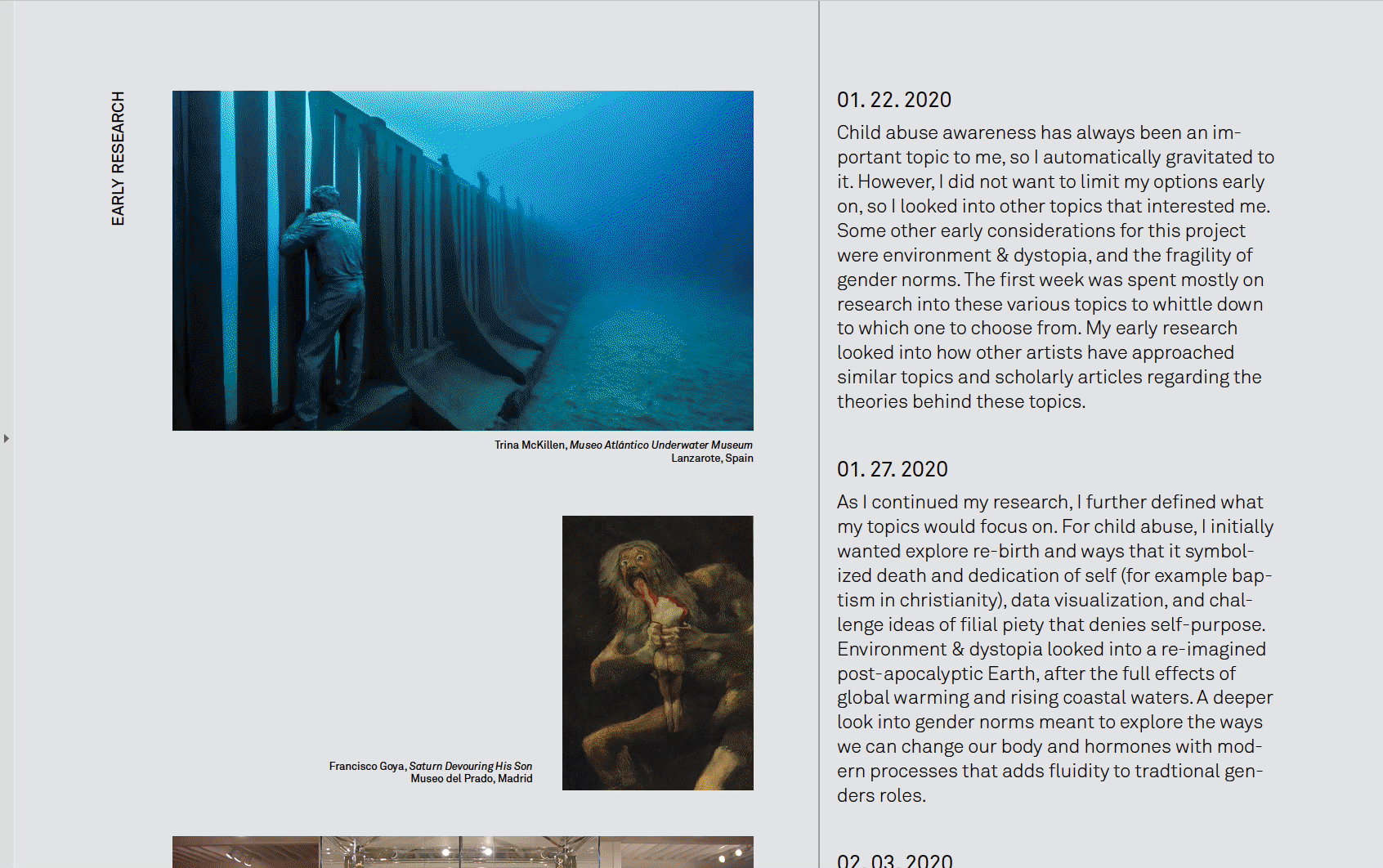
Student Work – 018
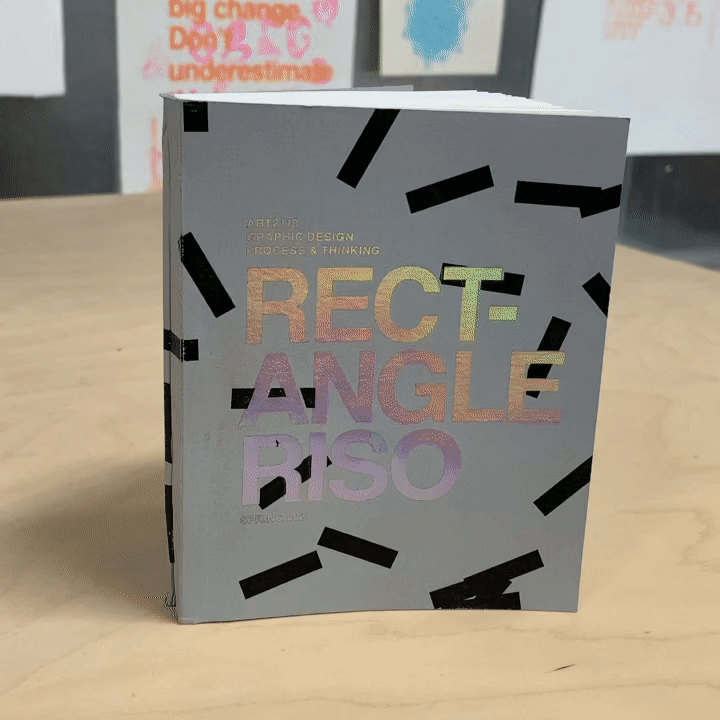
Student Work – 012
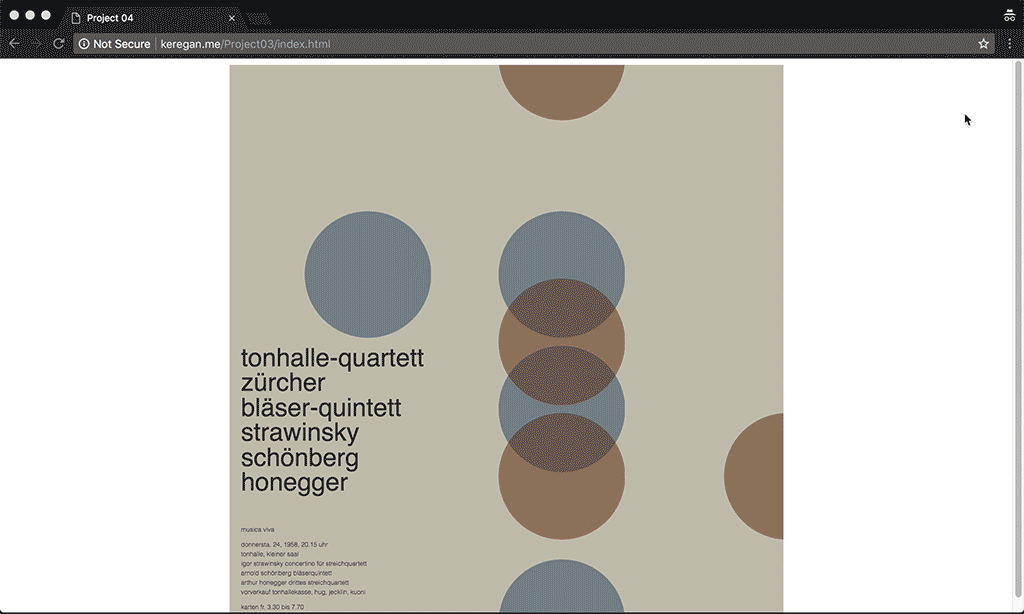
Student Work – 058
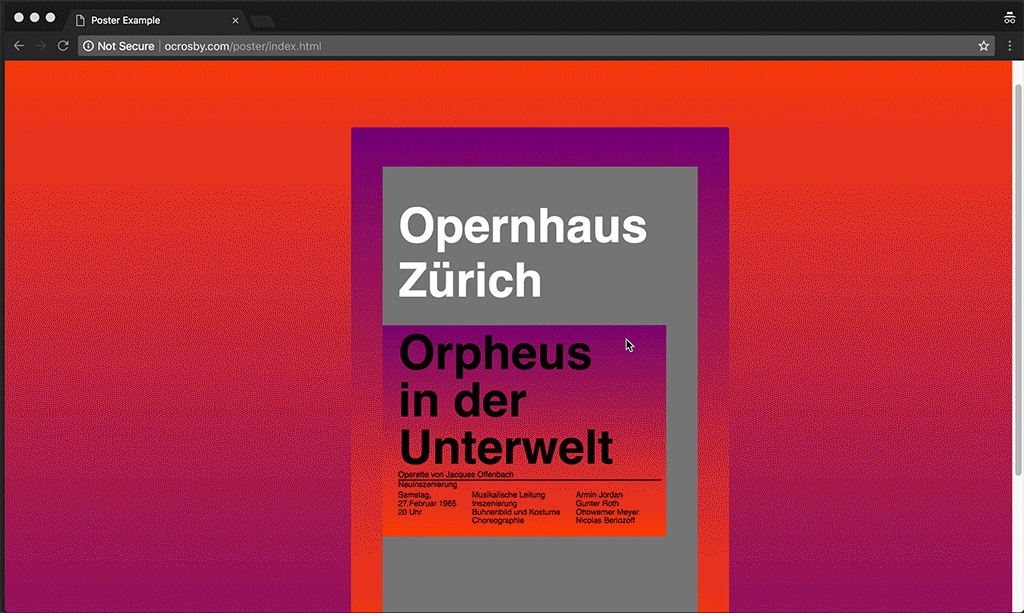
Student Work – 001
Highlights
Located in an idyllic rural setting, the University of Connecticut offers an excellent design education within a liberal and fine arts context. Situated within the department of Art & Art History, Graphic Design students may choose from courses in printmaking, book arts, illustration and animation, photography and video, painting and drawing, sculpture and ceramics, and industrial design as they hone their critical, conceptual, formal, and professional skills as designers. Tools and facilities include a screenprinting studio, animation studio, darkroom, letterpress studio, risograph digital duplicator, wood shop, laser cutter, metal shop, CNC machine, plasma cutter and ceramics studio. The excellent academics offered by the University of Connecticut, a top-tier research institution, ensures a holistic and balanced education, where students may pursue the full range of their interests in parallel with their major studies.
Students develop design and typographic competency through essential Graphic Design core studios, along with studios in interaction, motion and publishing. The program believes in creative ambition, formal quality, and manual and digital agility. Graphic Design students hone professional practice through Design Center, the award-winning student graphic design studio, in which students receive academic credit for participating in client-based projects. The fourth course in the core Graphic Design sequence, Graphic Design 4, is taught as a series of intensive workshops by accomplished visiting designers, building students’ professional networks as well as their skills. UConn Graphic Design boasts a strong and successful alumni network, members of which mentor students through their Senior Project.
Student Work
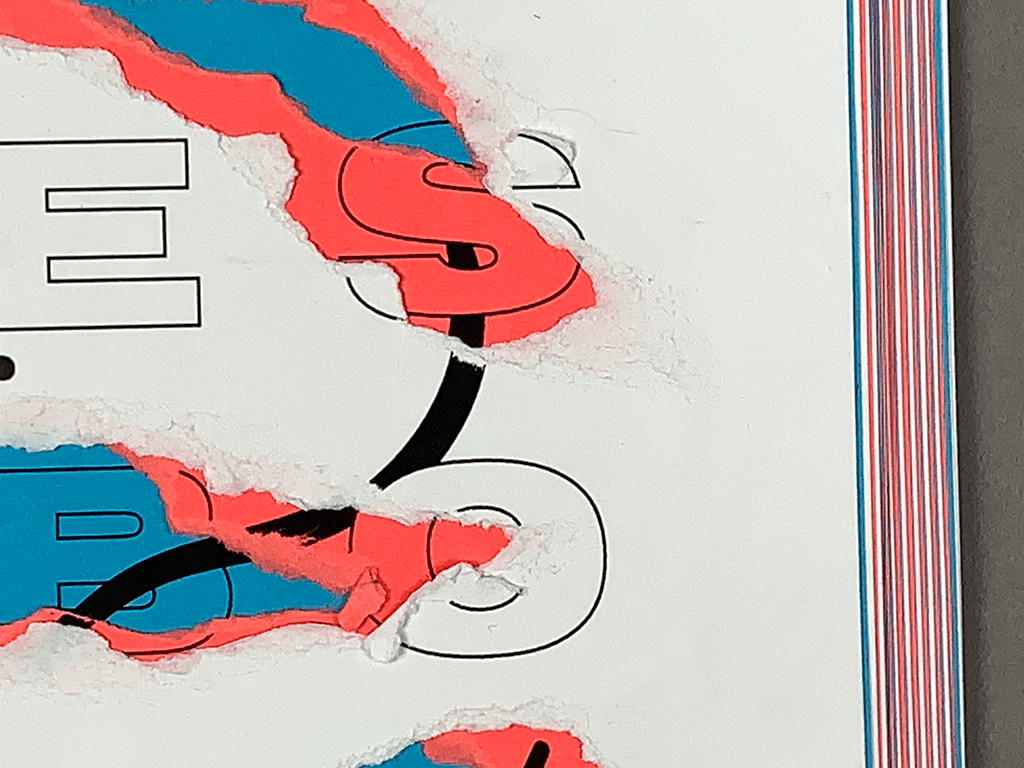
DC Student Work – 025
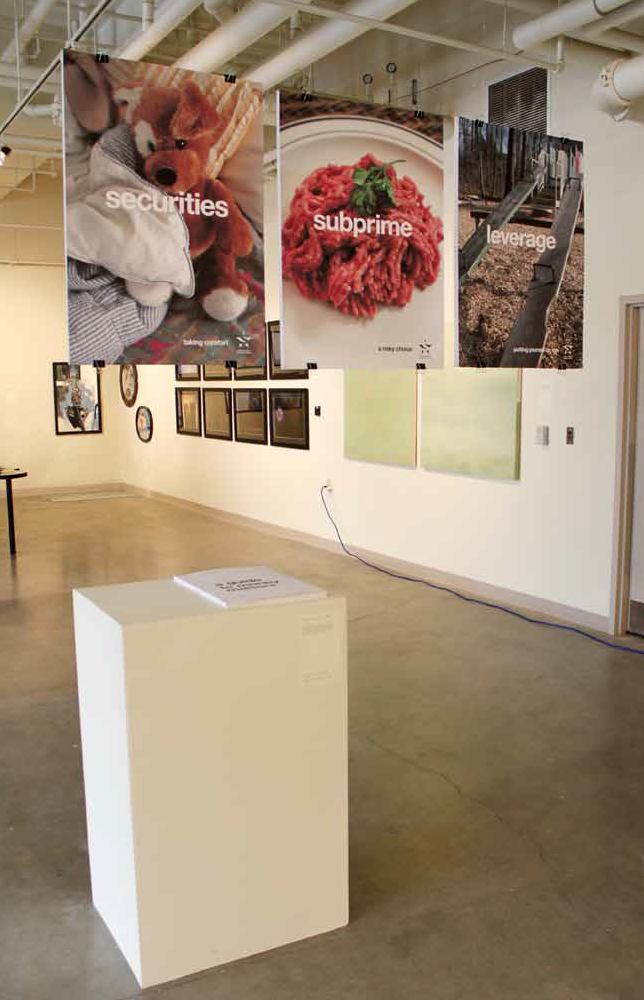
DC Student Work – 024
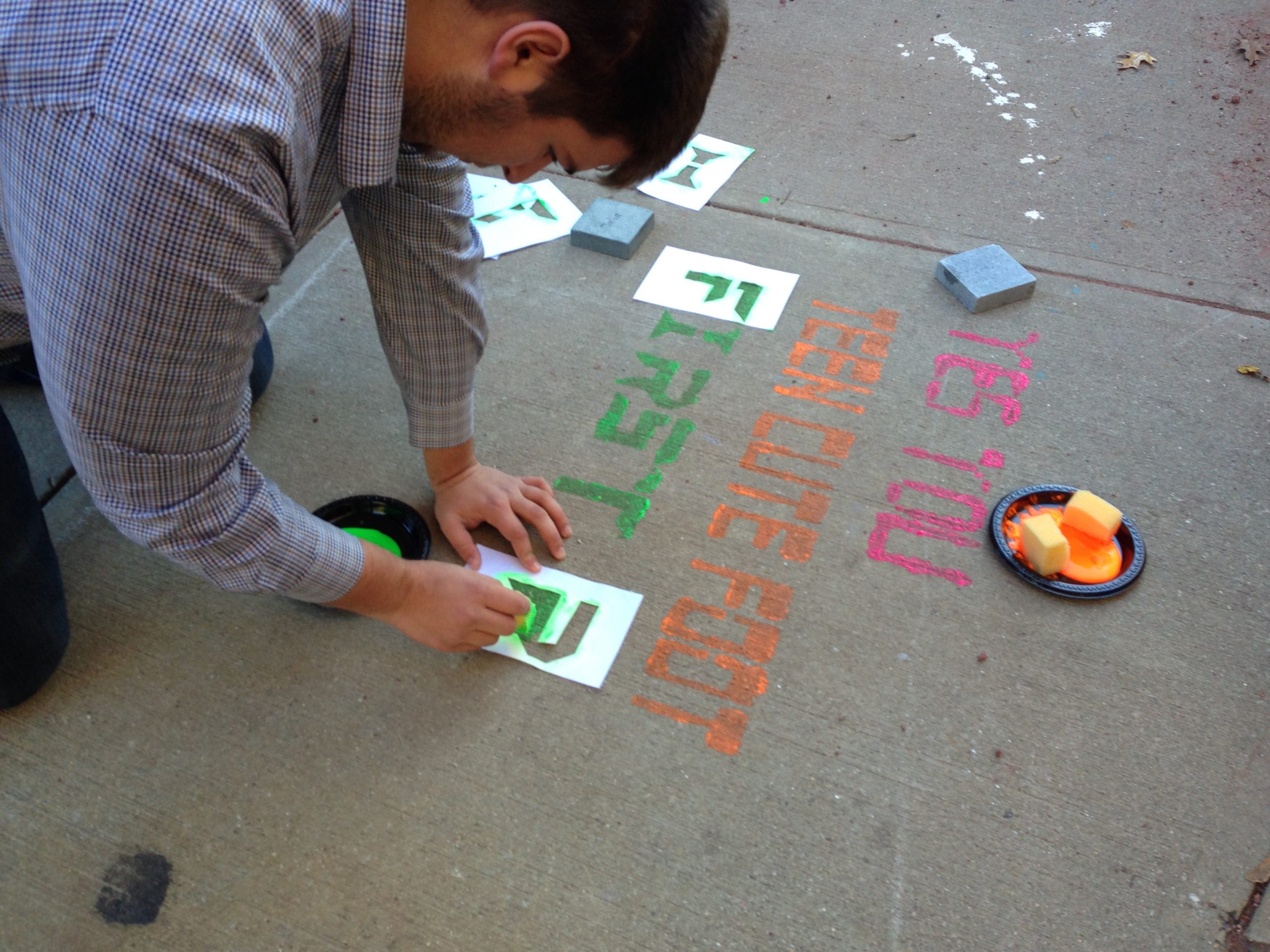
DC Student Work – 023
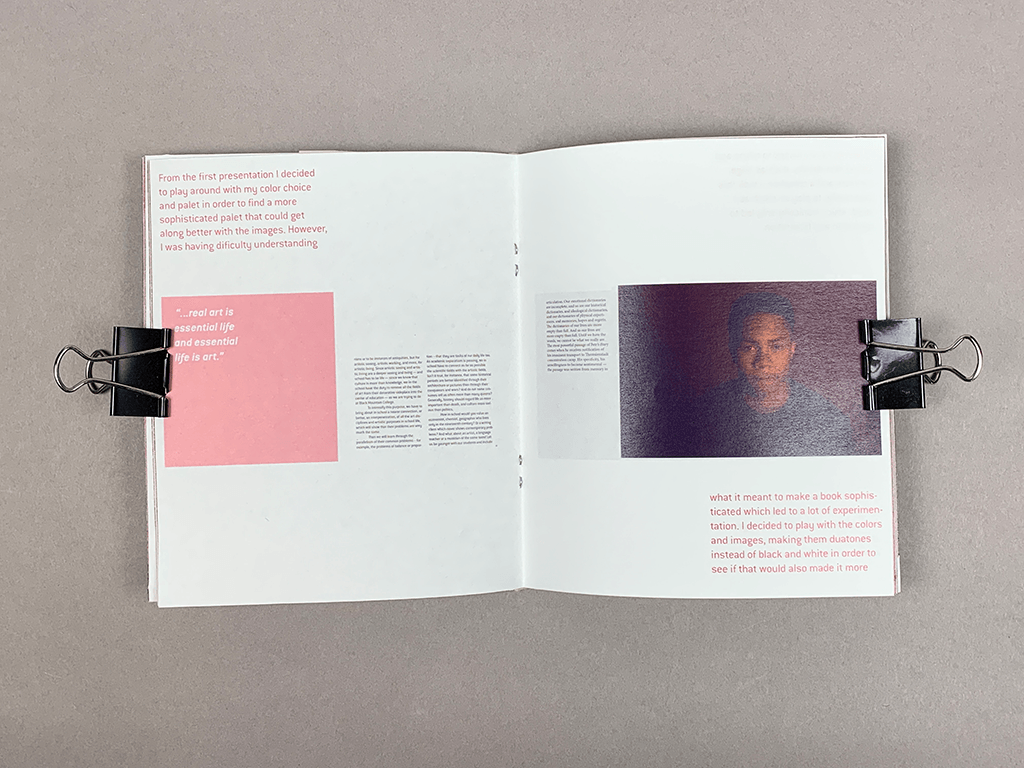
DC Student Work – 022
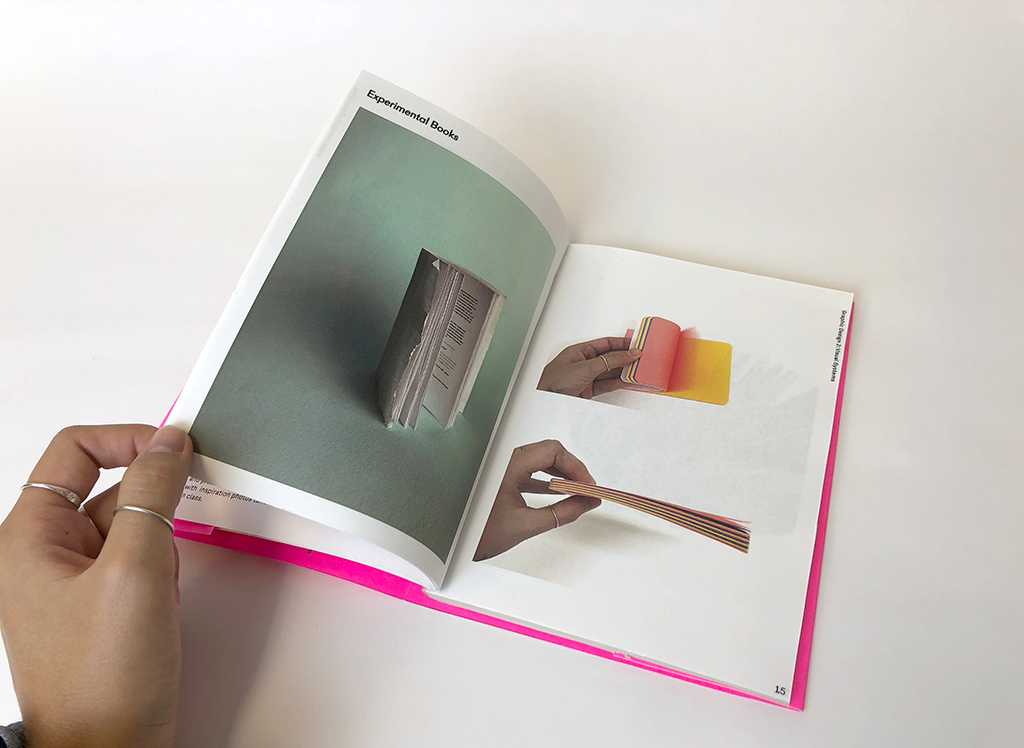
DC Student Work – 021
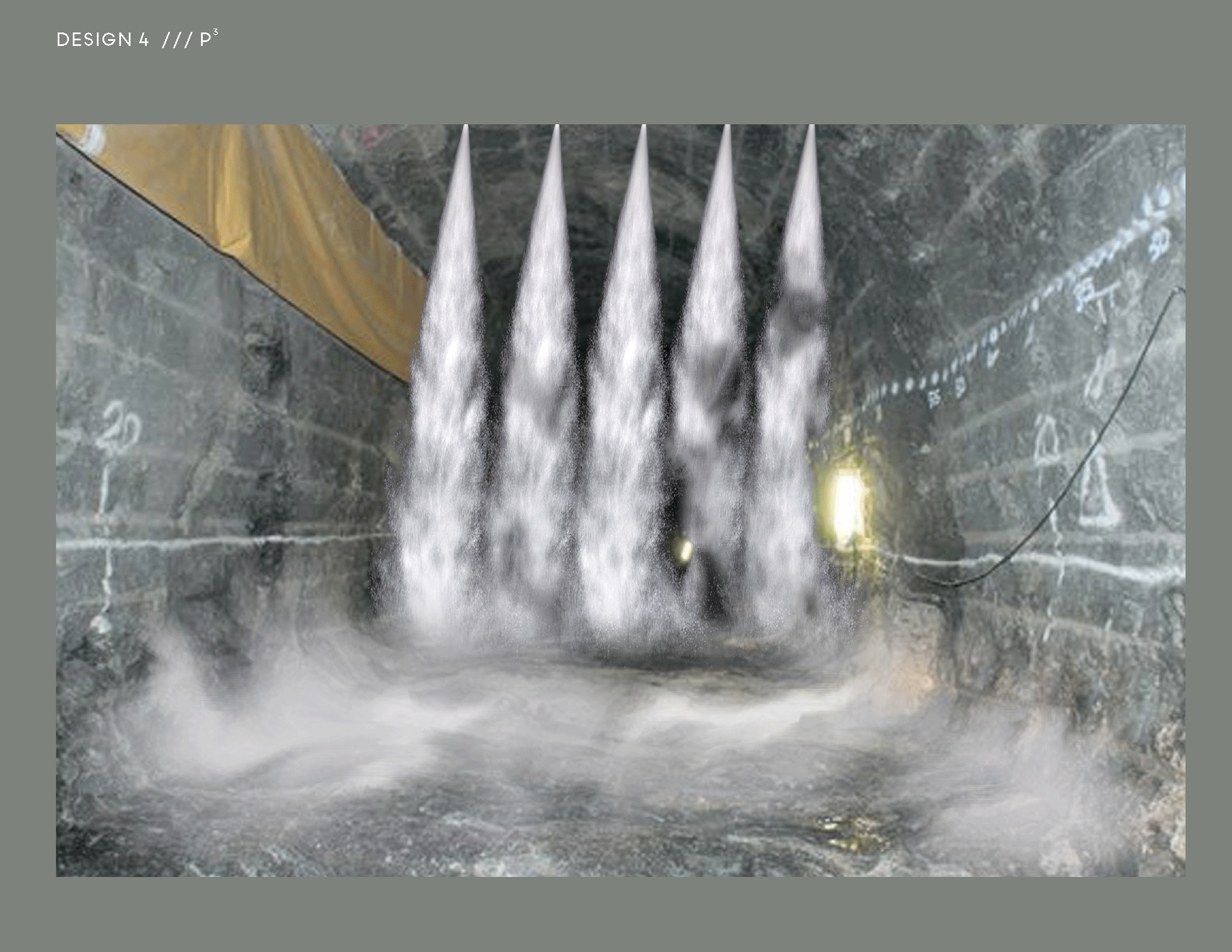
DC Student Work – 020

DC Student Work – 019
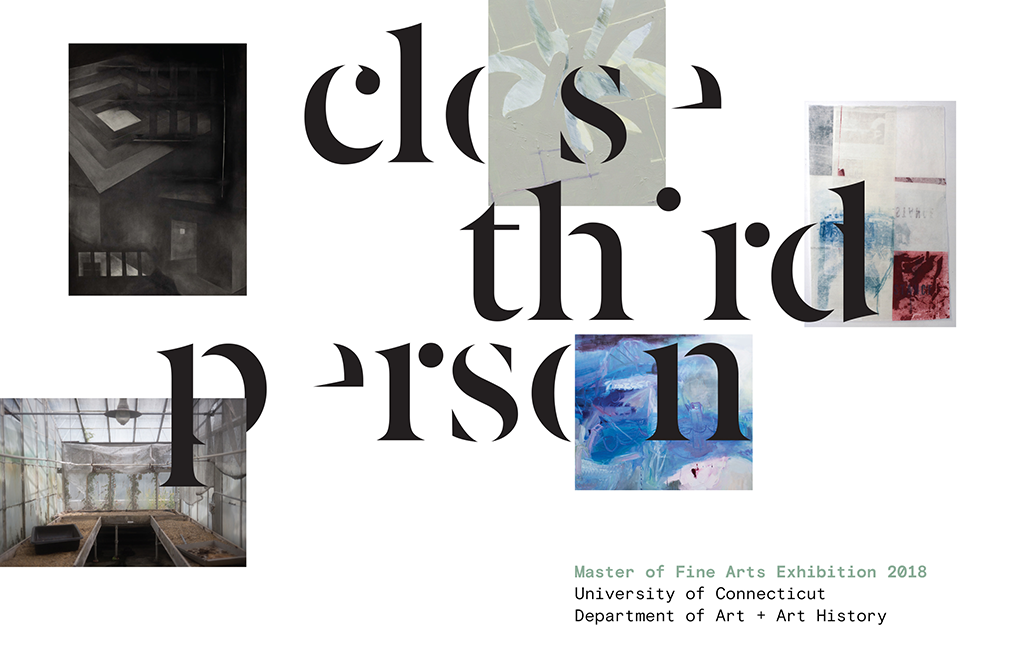
DC Student Work – 018
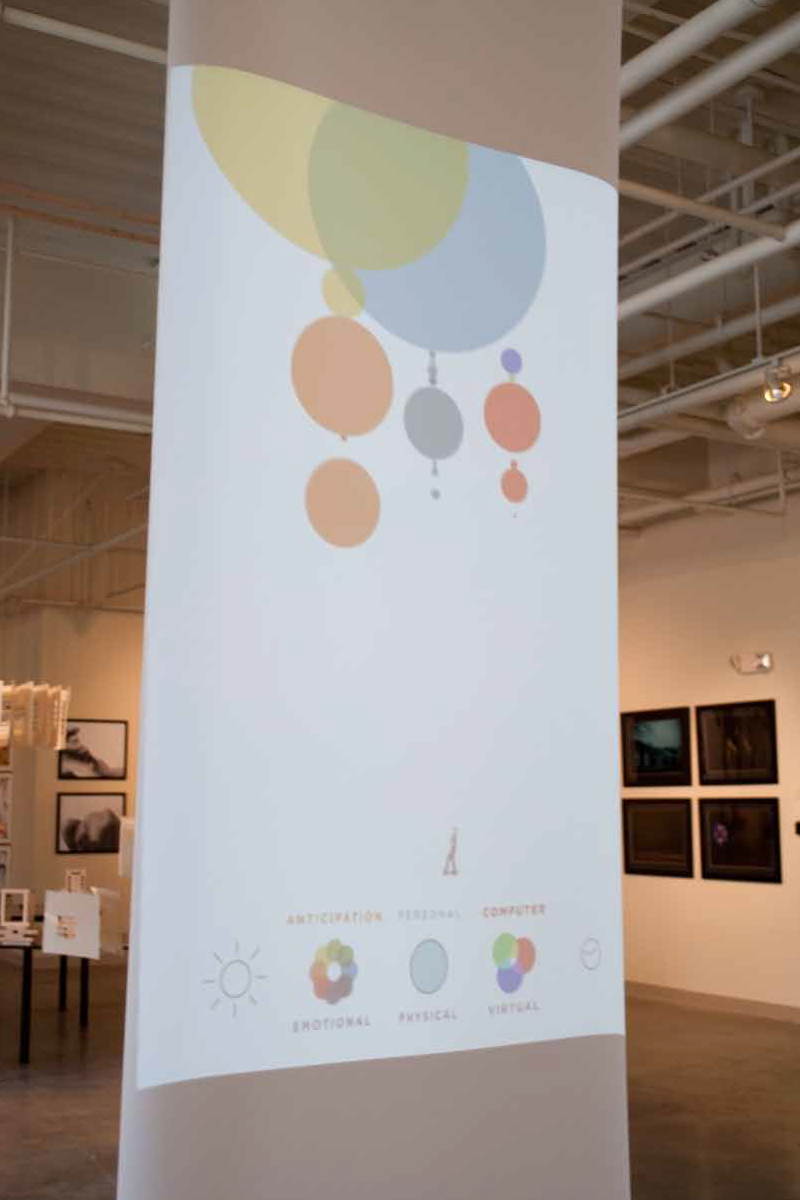
DC Student Work – 017
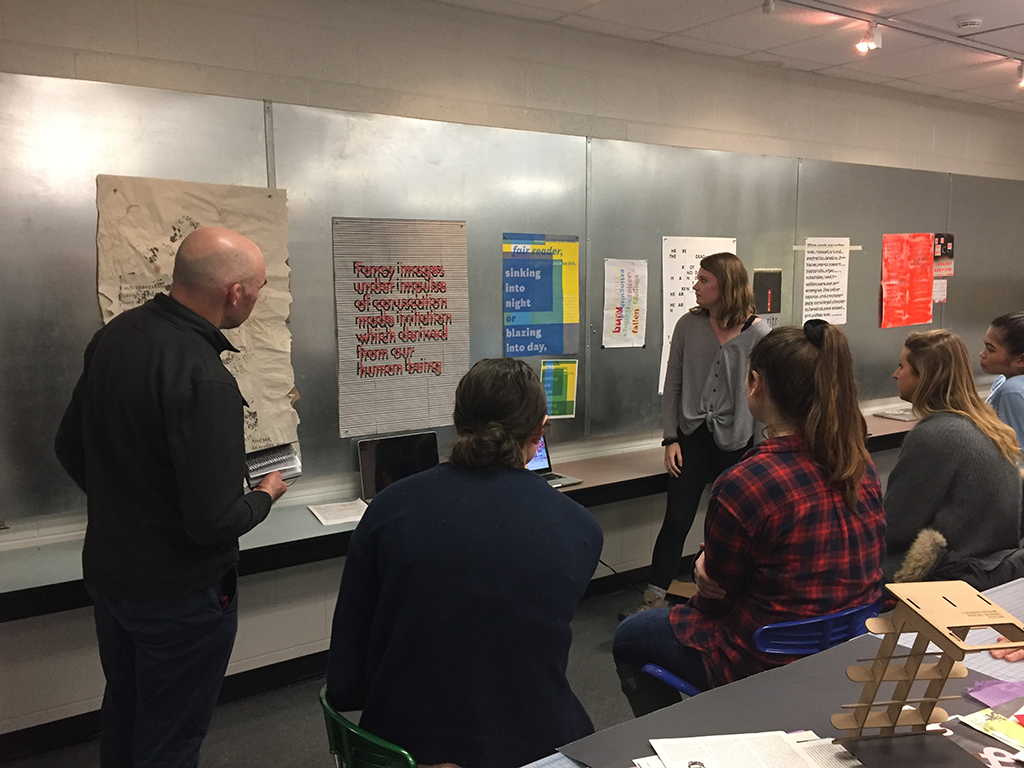
DC Student Work – 016
Graphic Design in London
Graphic Design in London is an annual faculty-led education abroad opportunity. We partner with Central Saint Martins in London where a group of UCONN Graphic Design students participate in CSM Design & Interaction platforms while also maintaining their UCONN coursework. For a more detailed view, visit the UCDESIGNUK website.
Student Work in London
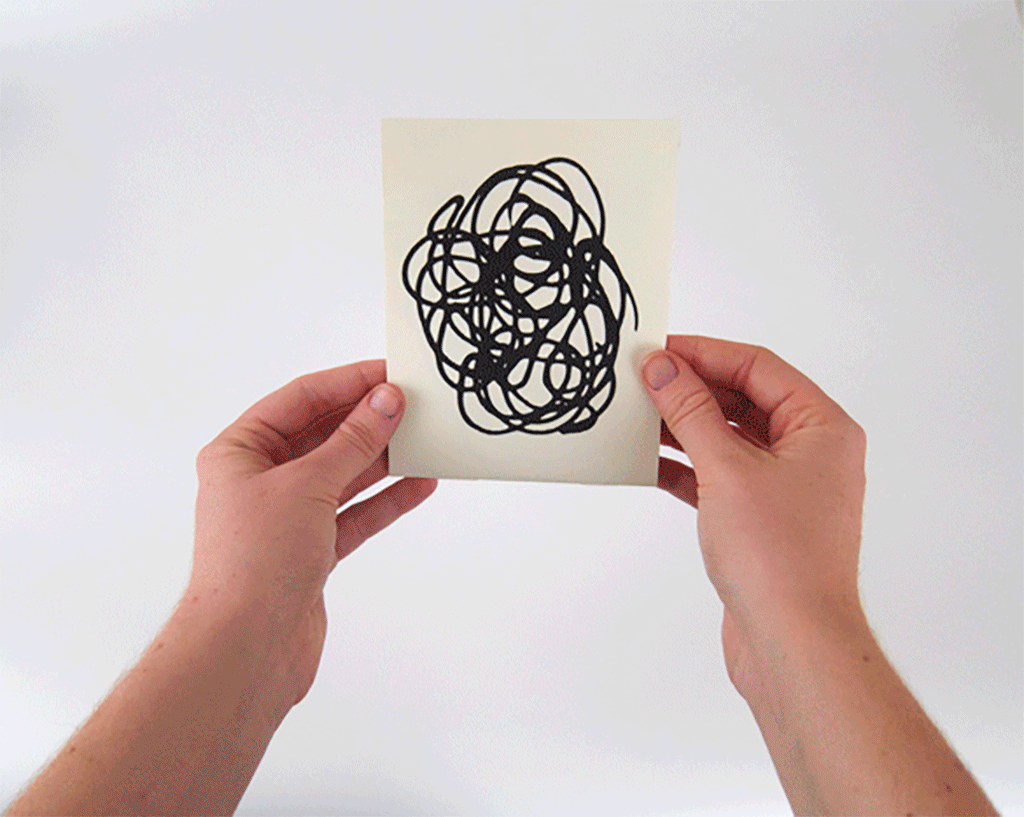
London Work – 008
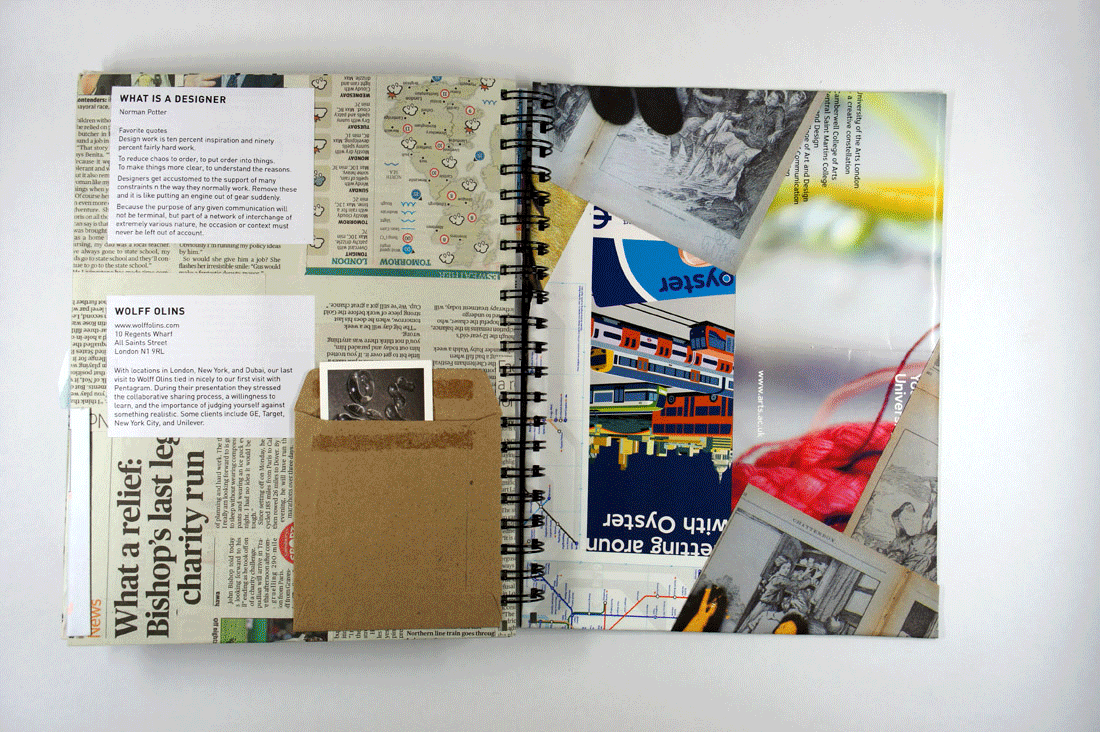
London Work – 070
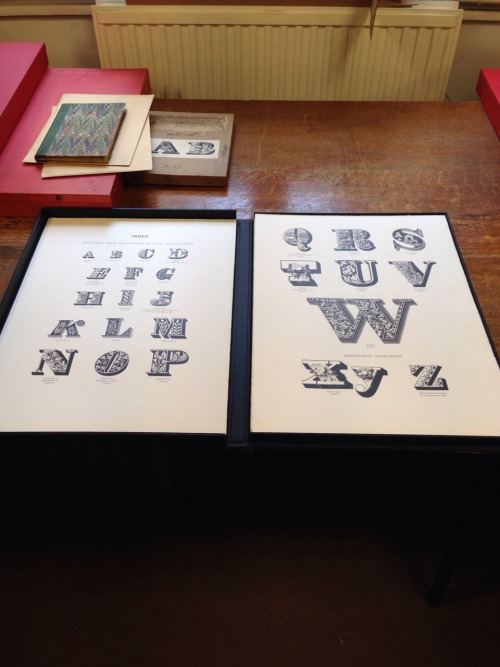
London Work – 086
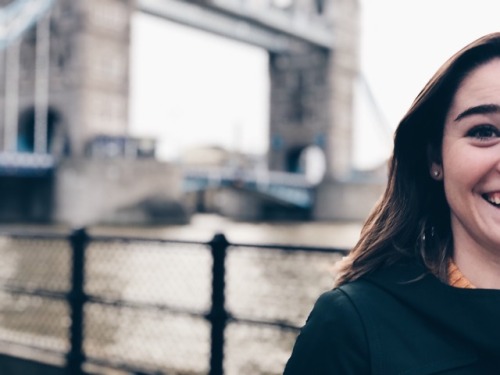
London Work – 085
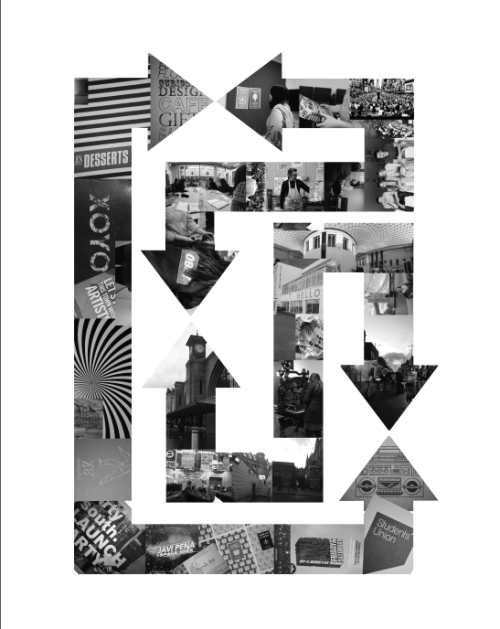
London Work – 084
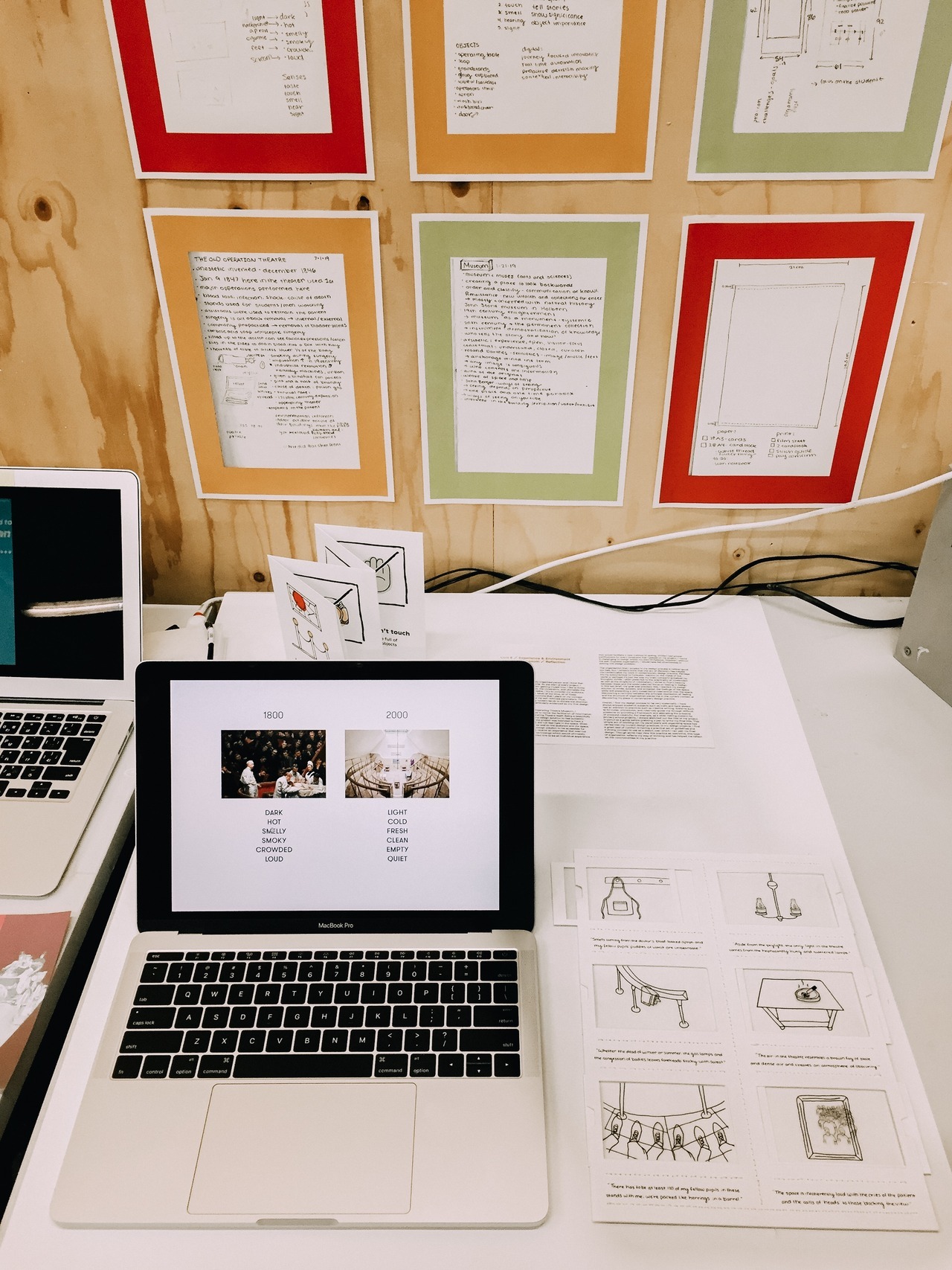
London Work – 083
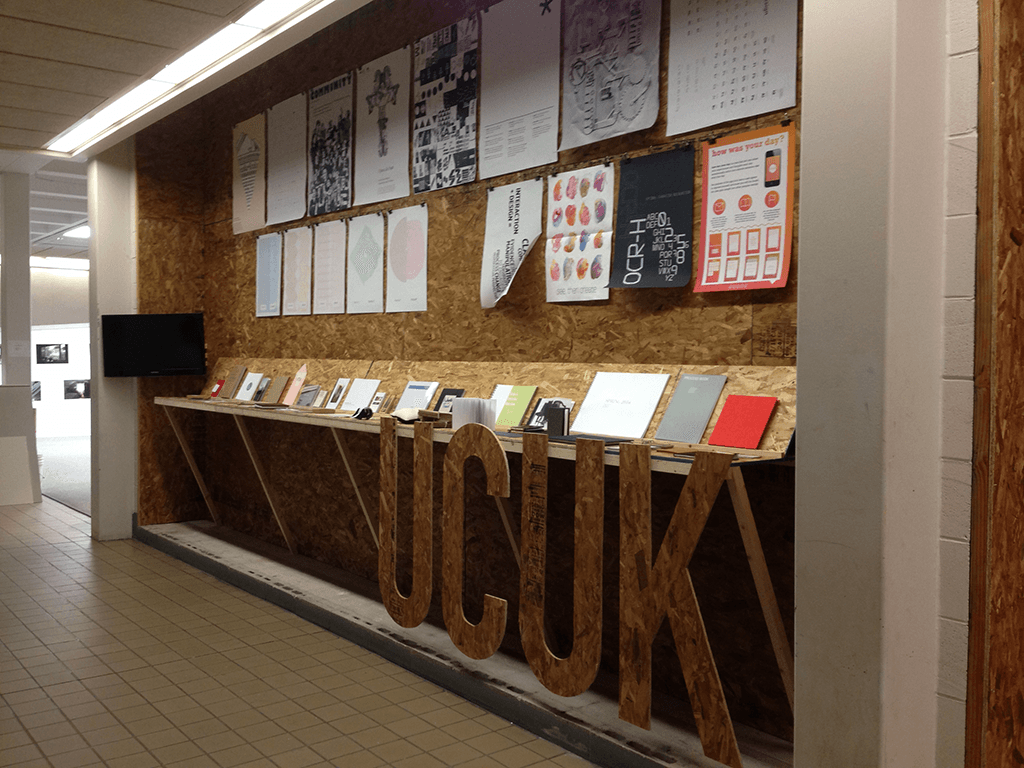
London Work – 082
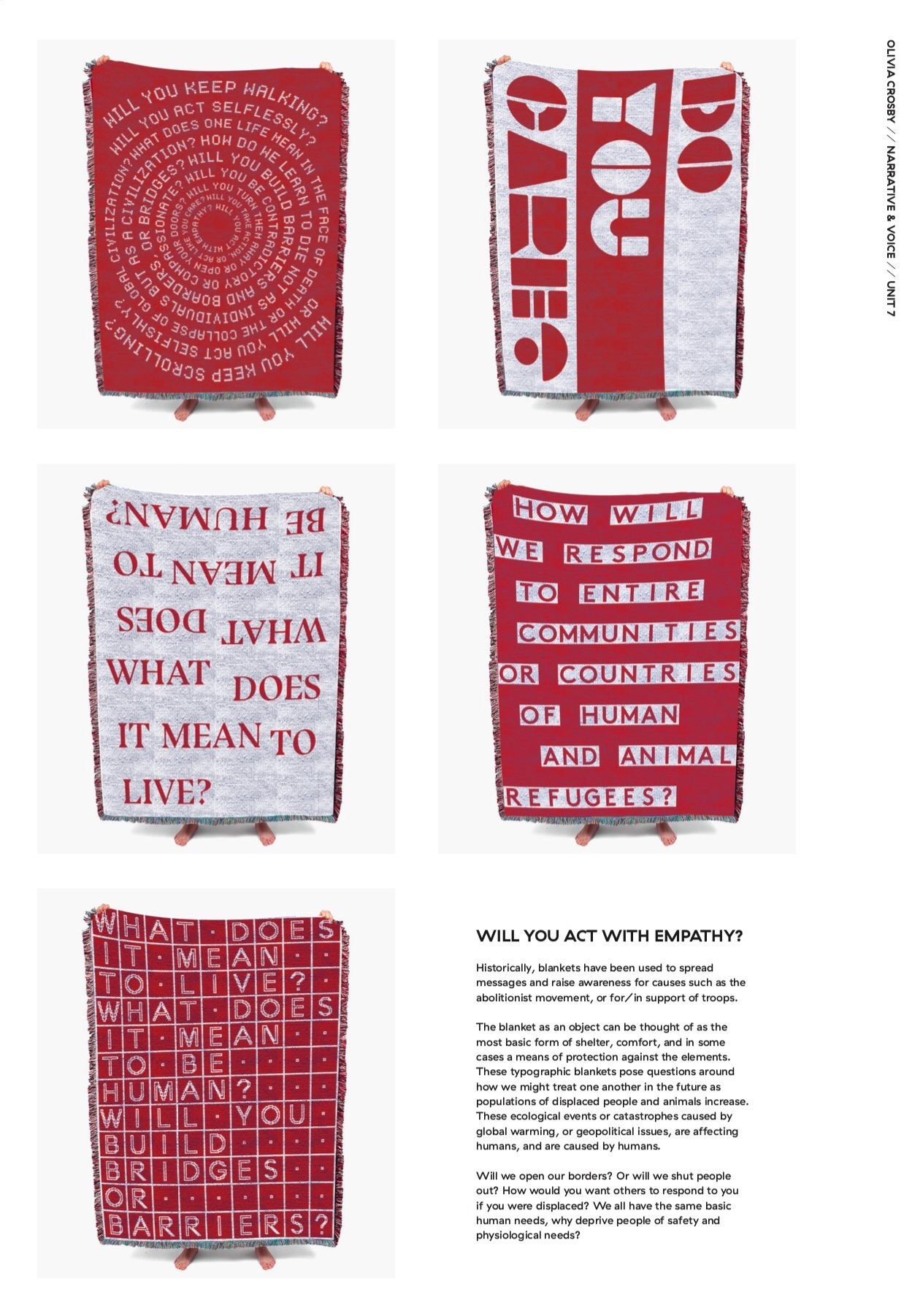
London Work – 081
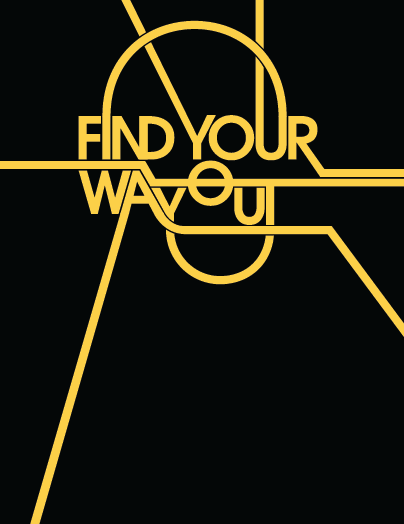
London Work – 080
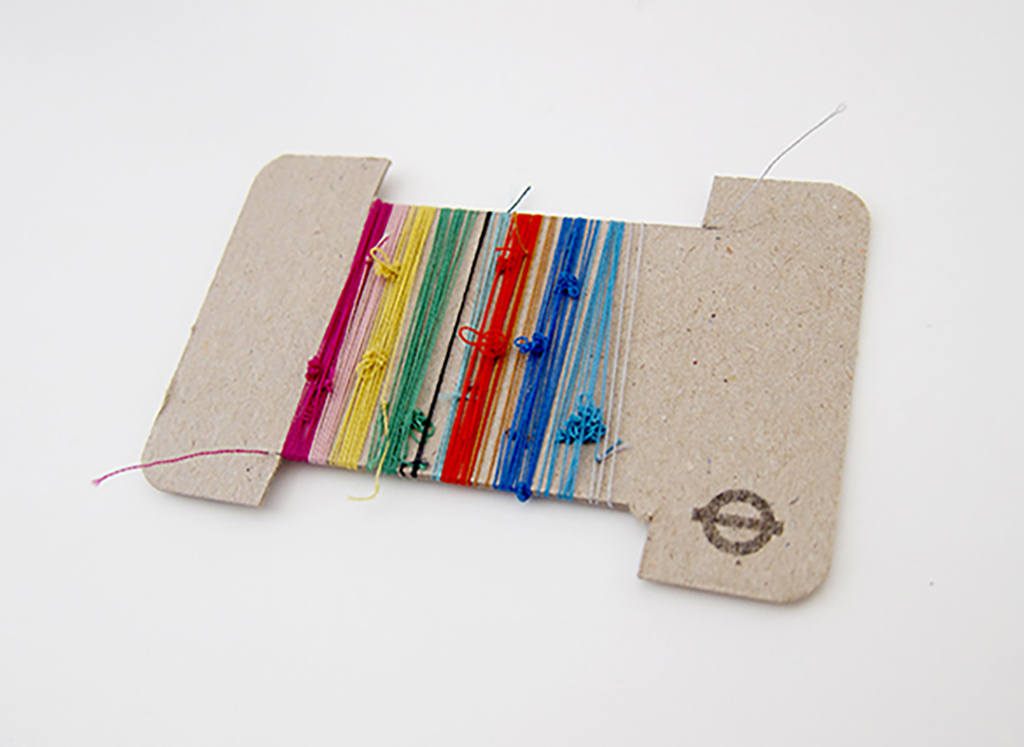
London Work – 079
Futures
Alumni from Graphic Design have gone onto amazing opportunities including, among others:
Alumni have also pursued advanced degrees at some of the most competitive and prestigious post-graduate programs in the world, such as:
Visiting Critics and Lecturers
Alumni Profiles
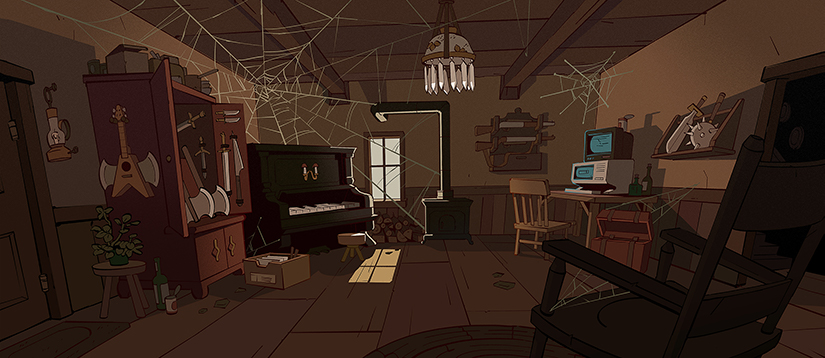
Quercia – 012
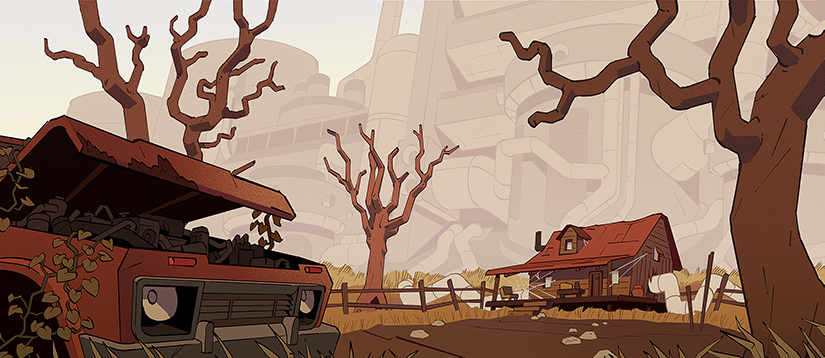
Quercia – 011
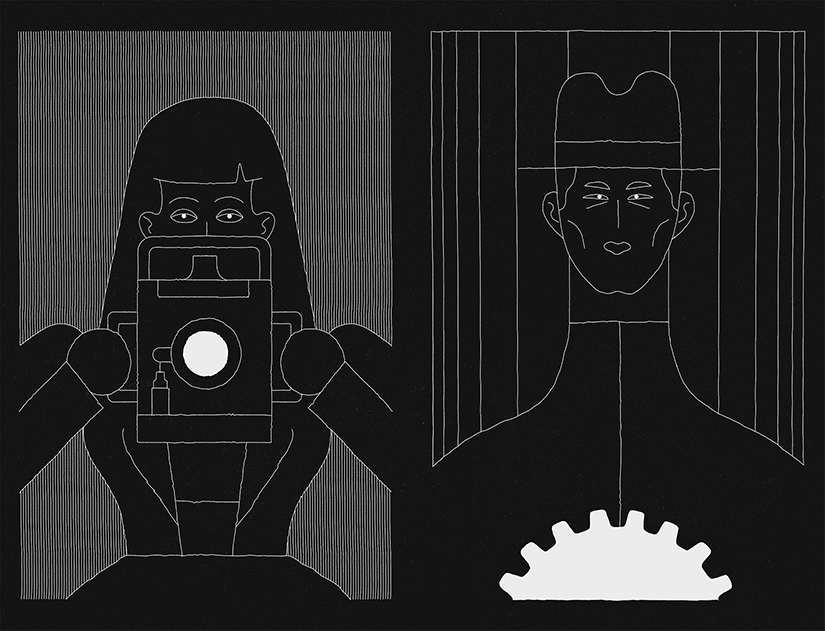
Quercia – 010
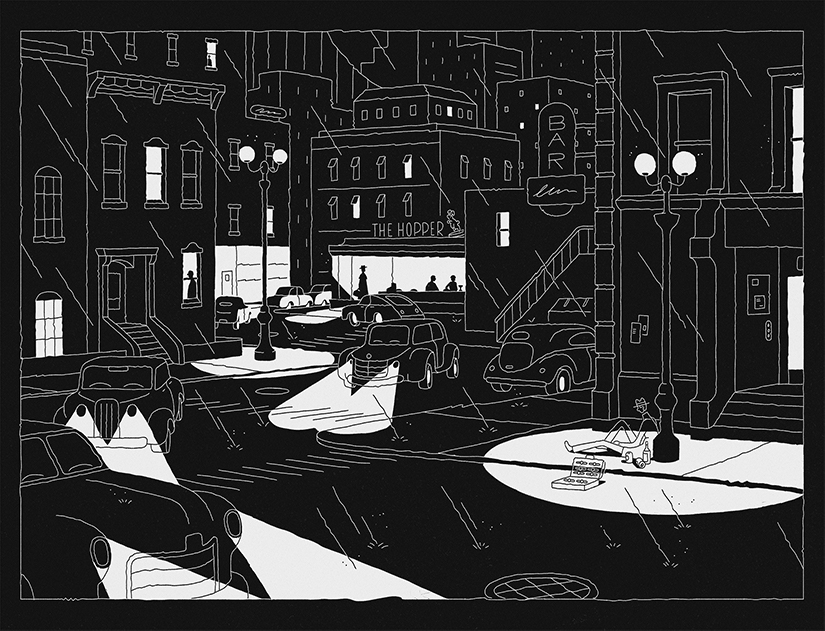
Quercia – 009
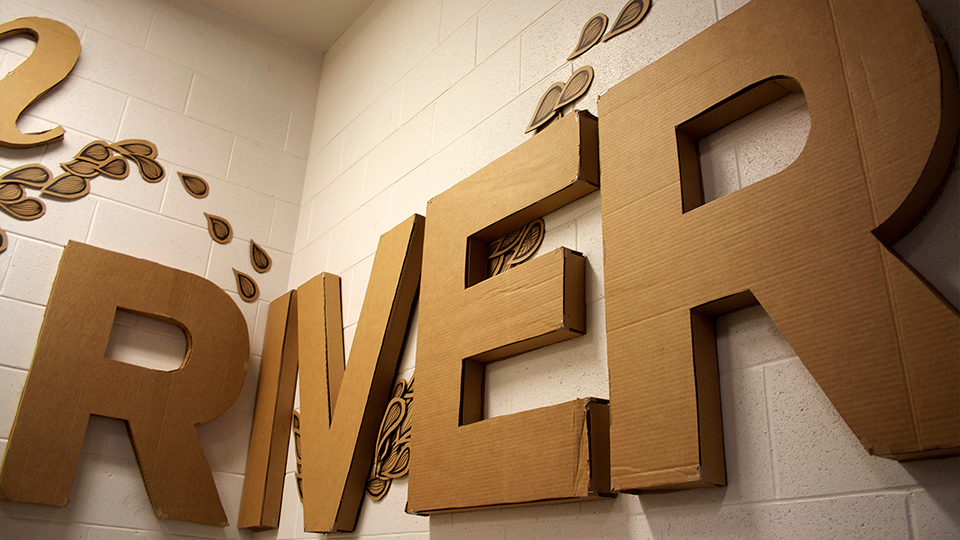
Quercia – 008
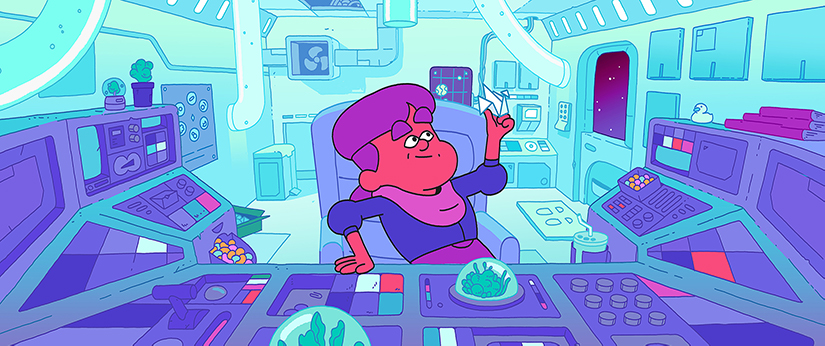
Quercia – 007
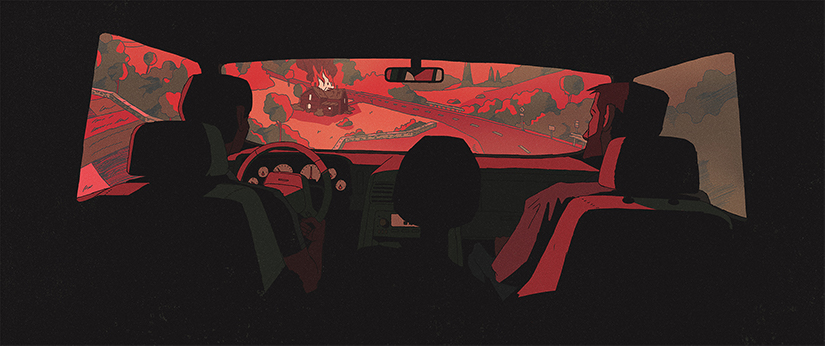
Quercia – 006
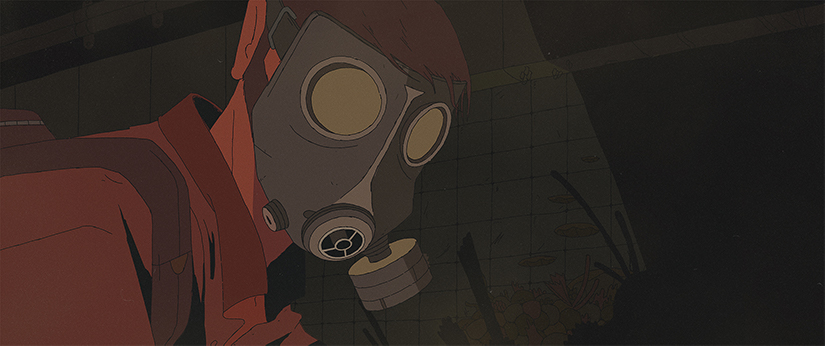
Quercia – 005

Quercia – 004
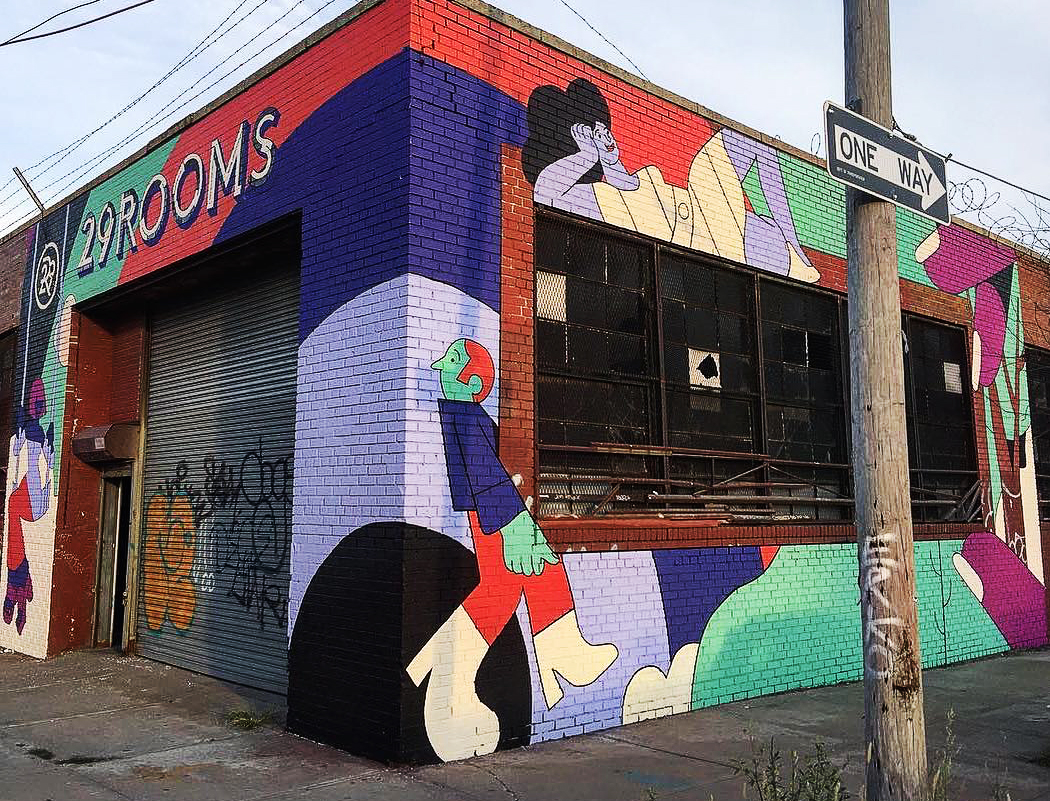
Quercia – 003
WHAT KINDS OF MATERIALS DO YOU USE?
No holds barred, I’ll use anything to get the job done. One day I’m sketching pen and paper or on my Cintiq, and the next I’m shooting something. It really depends on the project, what you’re trying to achieve, and how clear a vision you have.
HOW DO YOU BALANCE WORK WITH THE REST OF YOUR LIFE?
I’ve heard a few successful colleagues talk about “the time for harvest.” Basically what they meant was, there’s a time in your life where you’re basically earning double points for the work you’re doing. Later in life you get married, have kids, take on other things, you may not have as much time to really develop your craft. With that in mind, I’d say at [our] age, it’s time to cultivate... the trick is trying to keep the rest in balance as best as humanly possible.
Read More
TO WHAT EXTENT DO ILLUSTRATION AND DESIGN RELY ON ONE ANOTHER?
The interpretation of how illustrative your designs are or how design-y your illustration is is completely subjectively. Don’t worry about it and make something you love. “Don’t worry about it and make something you love.”
I FIND MY PEERS RELYING PRETTY HEAVILY ON THE COMPUTER. WHAT ARE YOUR THOUGHTS ON THIS AND ITS IMPACT ON DESIGN?
The computer is great, it’s given us a boatload of tools that will let us create pretty much anything our hearts desire. The problem with it is, sometimes people can get so sucked in that they forget how to hold a pencil. To this day I try my best not to start a job without sketching it first.
WHERE DO YOU FIND INSPIRATION?
Inspiration comes from a multitude of things. I try to front load the purest of inspiration. By that I mean searching for something that was created with little reference of its own. Think about the world around you, life’s experiences, then look back and reference art history or design ephemera. I enjoy finding inspiration this way because while all that old stuff is ridiculously beautiful, today's technology enables us to remix it in fresh and interesting ways. Pinterest is of course a great resource as well, but I find this can be dangerous and lead to homogeny in illustration and design.
I AM PASSIONATE ABOUT HAND-DONE TYPE. WHAT IS YOUR PROCESS IN THAT REGARD?
First I get a few ideas of directions that I might want to take with a project.... should the type be something that references Mexican luchas, or is it a cartoony script from the early 60’s, or is it a modern heritage face embodying patriotism? Once you have a direction, you can start to gather inspiration from the time you’re referencing. Once the direction is set, and I have a vision, I start sketching... fast and quick, and I’ll usually do 20–30 different takes. I start with pen, then move to pencil, then I choose the best rough layout, scan it into Photoshop and start cutting and moving things around. After I massage the form and the negative space I set out to create the skeleton of the final piece. I’ll do a rough sketch of what I want, then start to reference other typefaces to fill in the gaps. Sometimes I might model the type in a 3D program like Cinema 4D to get the correct angle, then paint over it by hand. Basically I do whatever needs to be done to get the job done.
WHAT ABOUT BAD CLIENTS?
Bad clients are a necessary evil. We all encounter them at some point, and when you do you learn twice as much as you would with a good client. You’re going to encounter some people that will want to take advantage of your time and not pay you what you're worth. At first you’ll let them, because it’s good for your portfolio. After a while however, you’ll realize that the time you waste on clients like this isn’t worth the headache. Do your due diligence and mediate the relationship as professionally as you possibly can, but if they’re pushing you too far don’t be afraid to pull the plug. More work will come, trust me.
HOW DO I CONVINCE A DESIGN FIRM TO HIRE ME WHEN MY WORK IS ILLUSTRATION-HEAVY?
You might not want to work at a design firm if you’re primarily interested in illustration. Not saying it’s a bad first move, but at the end of the day, it isn’t just about landing a job.. it’s about landing the RIGHT job.
HOW DO YOU START A PROJECT? AND HOW DO YOU KNOW WHEN SOMETHING IS DONE?
Starting a project varies depending on who it’s for, but the general steps are similar. The first step is gathering as much research as time allows for. After this you should do some really quick, rough thumbnail sketches. I generally try to do as many of these as possible in varying directions to try to weed out all of the bad ideas. The only way you get to something worth anything is by making mistakes. “the only way you get to something worth anything is by making mistakes.”
DO YOU HAVE A PARTICULAR STYLE? HOW DO YOU PUT YOURSELF INTO YOUR WORK?
I’m constantly trying to develop my style. Going back to one of the earlier questions, developing a style is all about trying everything, then slowly weeding out the stuff that doesn’t interest you. When you come out the other side, you’ll have your own aesthetic.
HOW DO YOU INTEGRATE ILLUSTRATION AND DESIGN?
I usually enjoy solving problems with illustration more so than design, so I think I just tend to lean into what I'm most passionate about. That said, all good illustration is design, and all good design is illustration.
HOW DO HAND-SKILLS PLAY A ROLE IN DESIGN IN GENERAL?
Personally, I believe that if you can actually sketch or build something by hand, it will give you a leg up in your professional career. Not saying you couldn’t make do without it, but I do think it adds that extra something to your work. Knowing that you aren’t paralyzed if you don’t have a Wacom and a mouse in front of you is a pretty freeing.
HOW DID YOU START YOUR DESIGN CAREER?
Uconn Design Center 😉 JK, I actually got into design through music. I used to design my band’s show flyers / CDs / shirts etc. Looking back, a lot of that work was horrible. But it gave me an opportunity to make a lot of valuable mistakes early on.
WHAT DO YOU THINK ABOUT FAILURE?
Failure is a must. It’s going to happen whether you like it or not, so the best thing you can do is embrace it. No one is immune, no matter how green or how famous. Finding the correct design solution is more about perseverance than creativity, honestly. Creativity is the barrier to entry, you’ve got to have it to be there, but it only gets you so far.
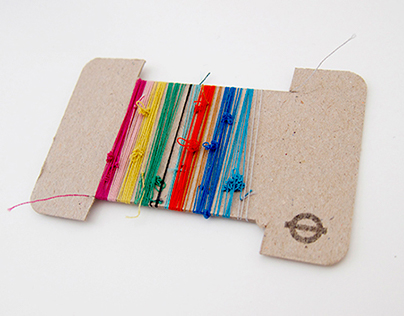
Braisted – 013
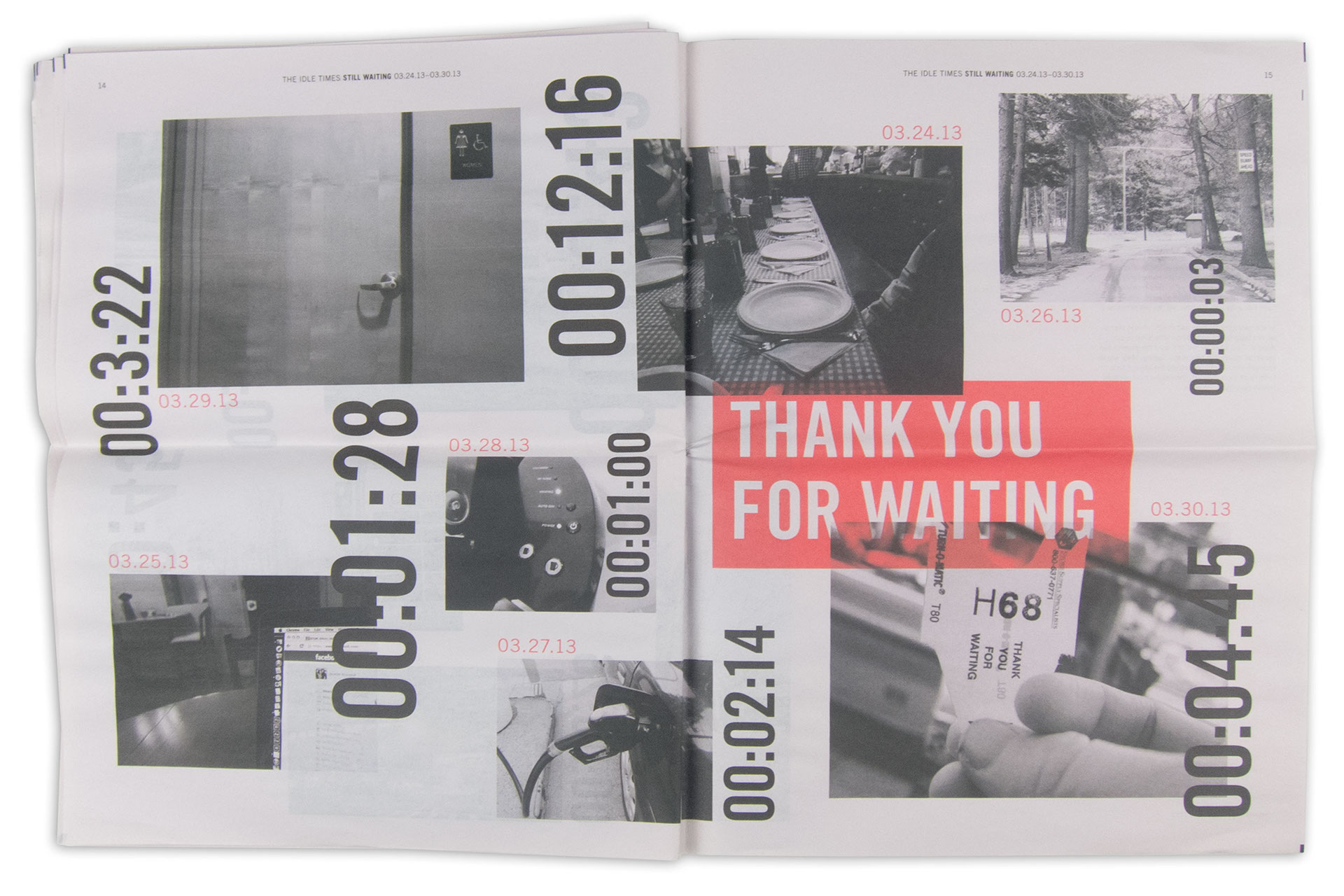
Braisted – 012
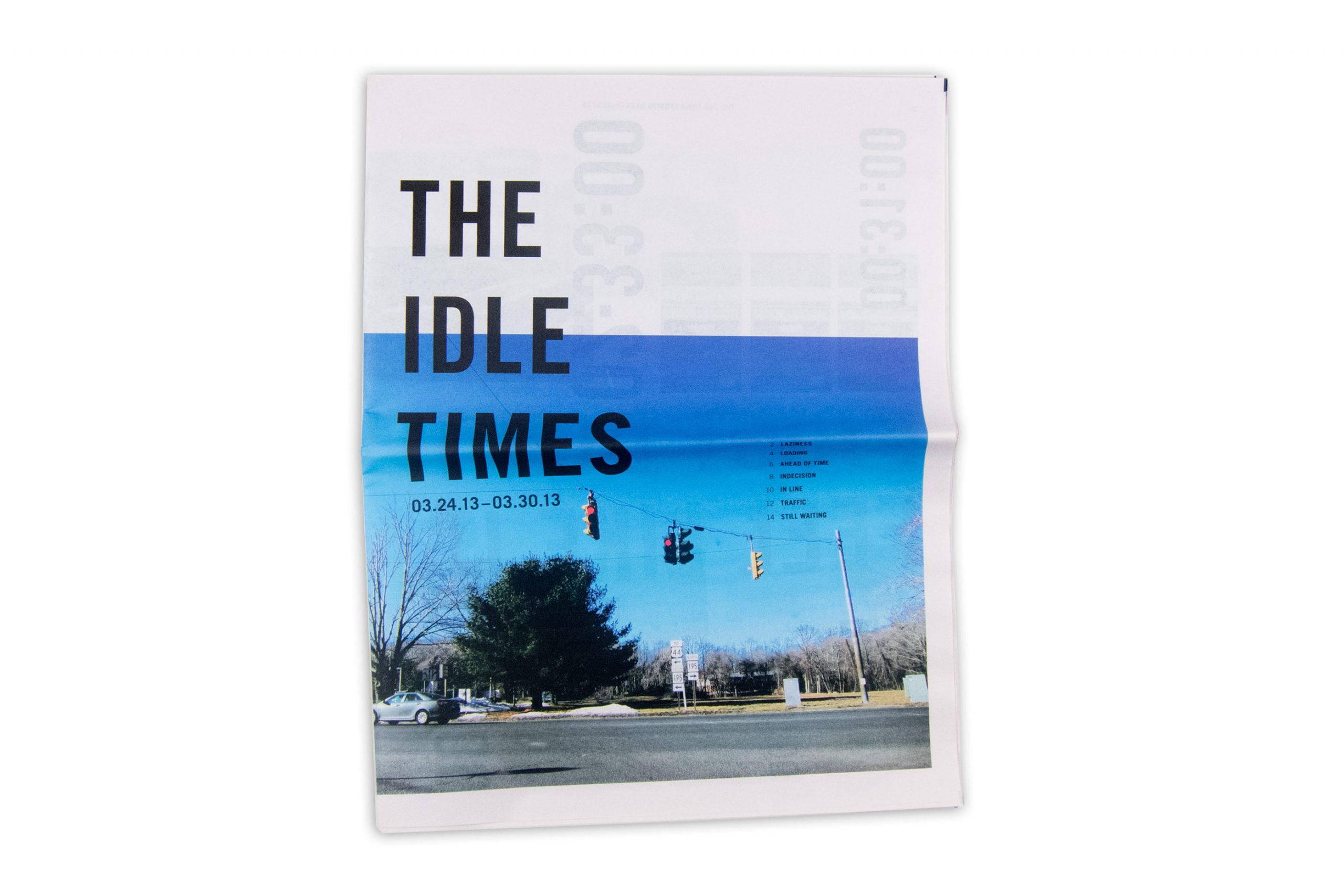
Braisted – 011
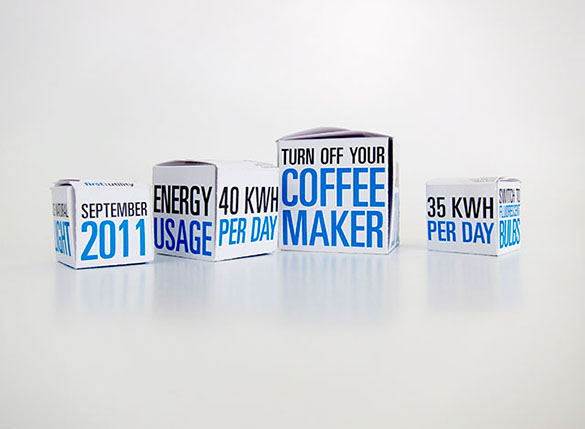
Braisted – 010
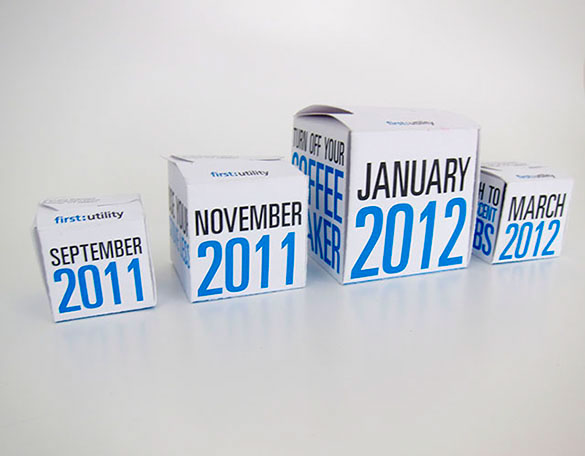
Braisted – 009
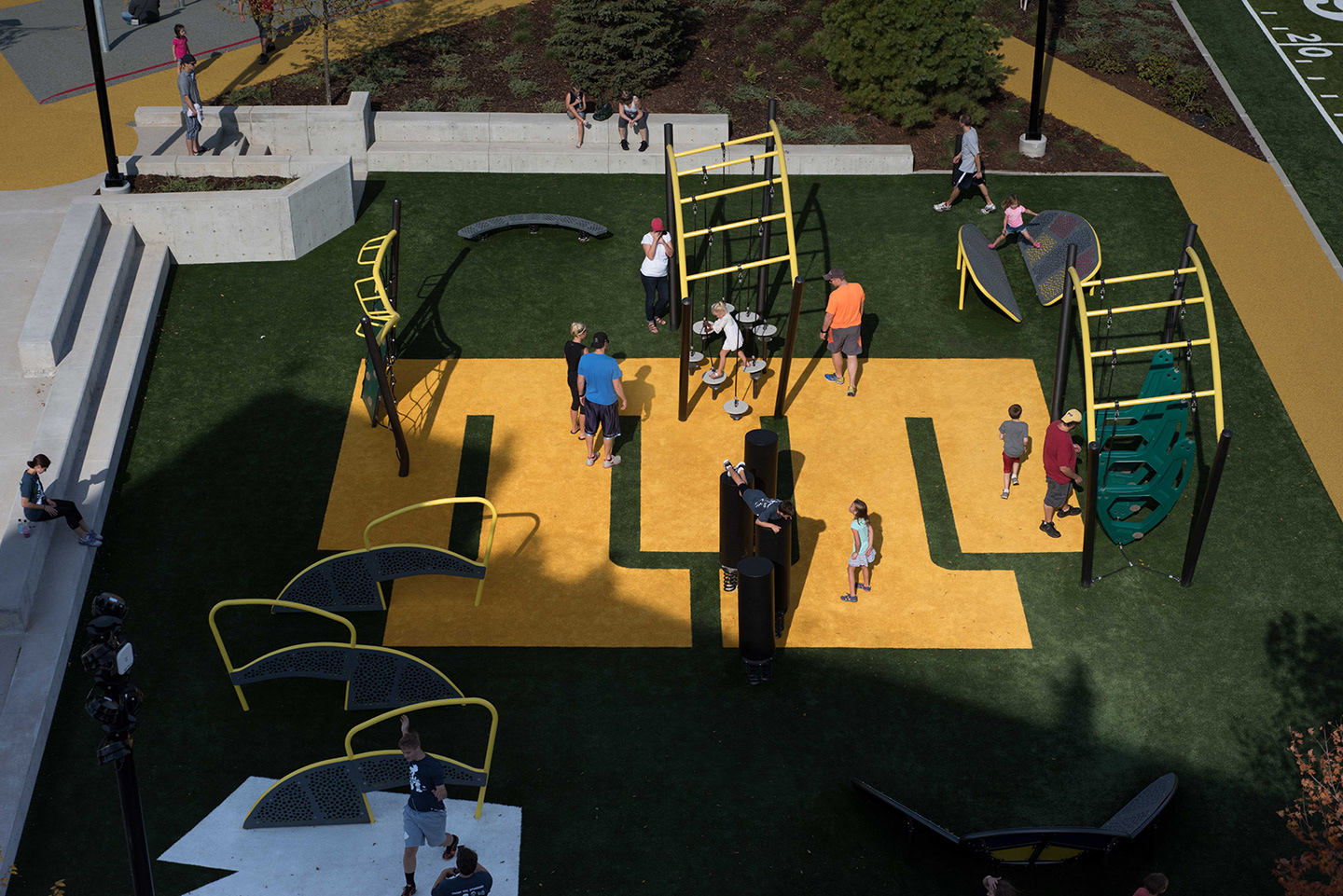
Braisted – 008
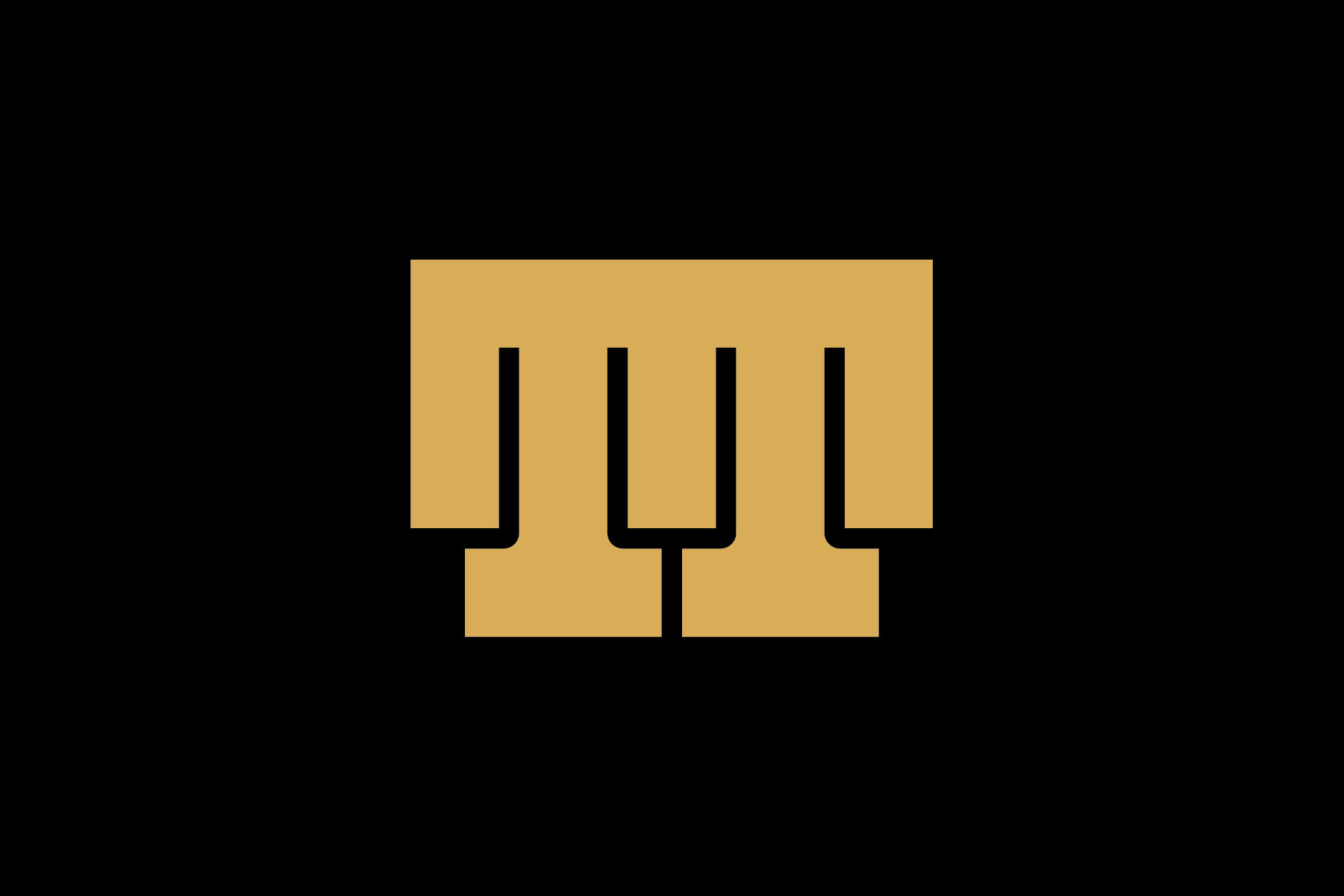
Braisted – 007
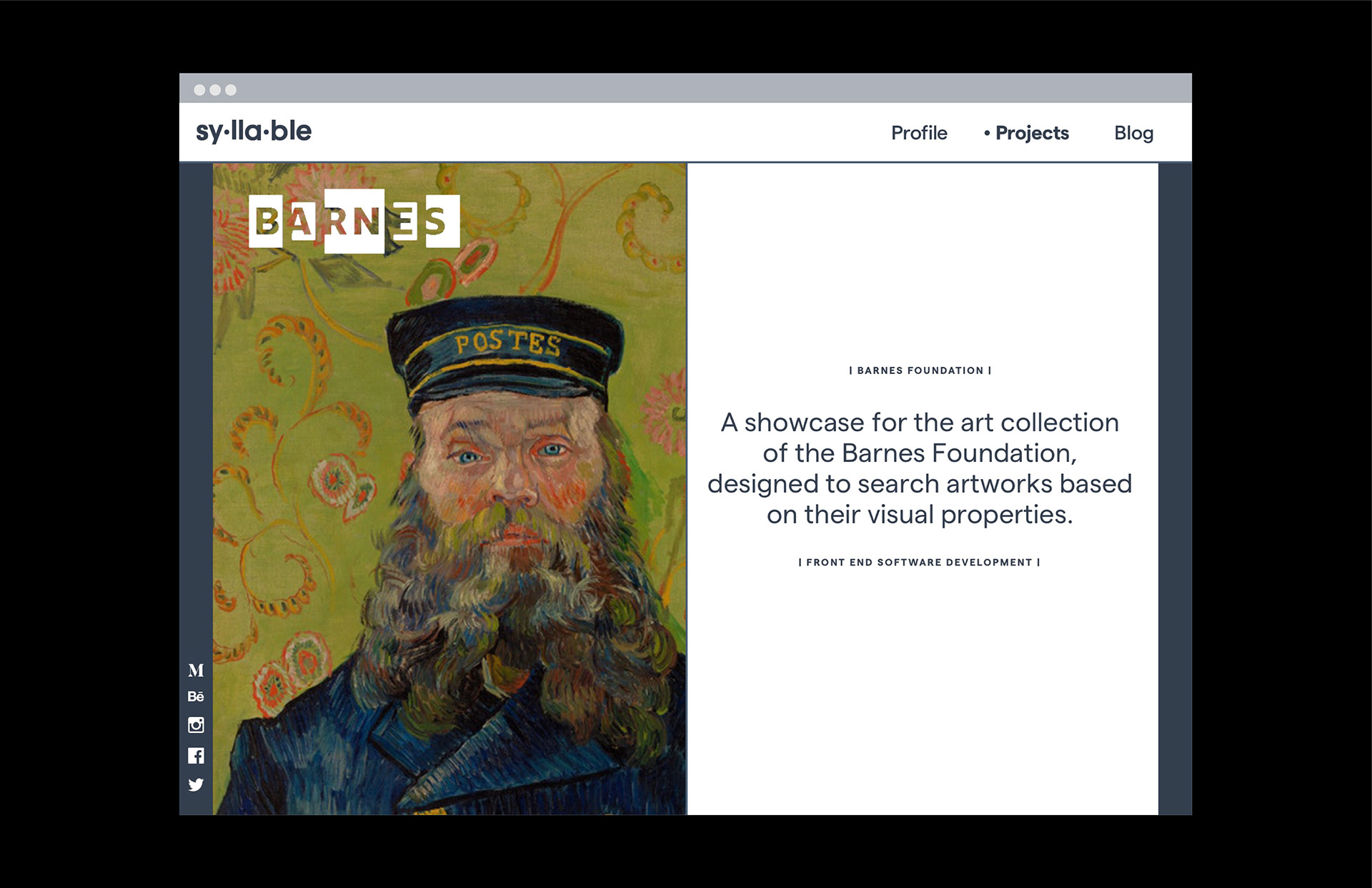
Braisted – 006
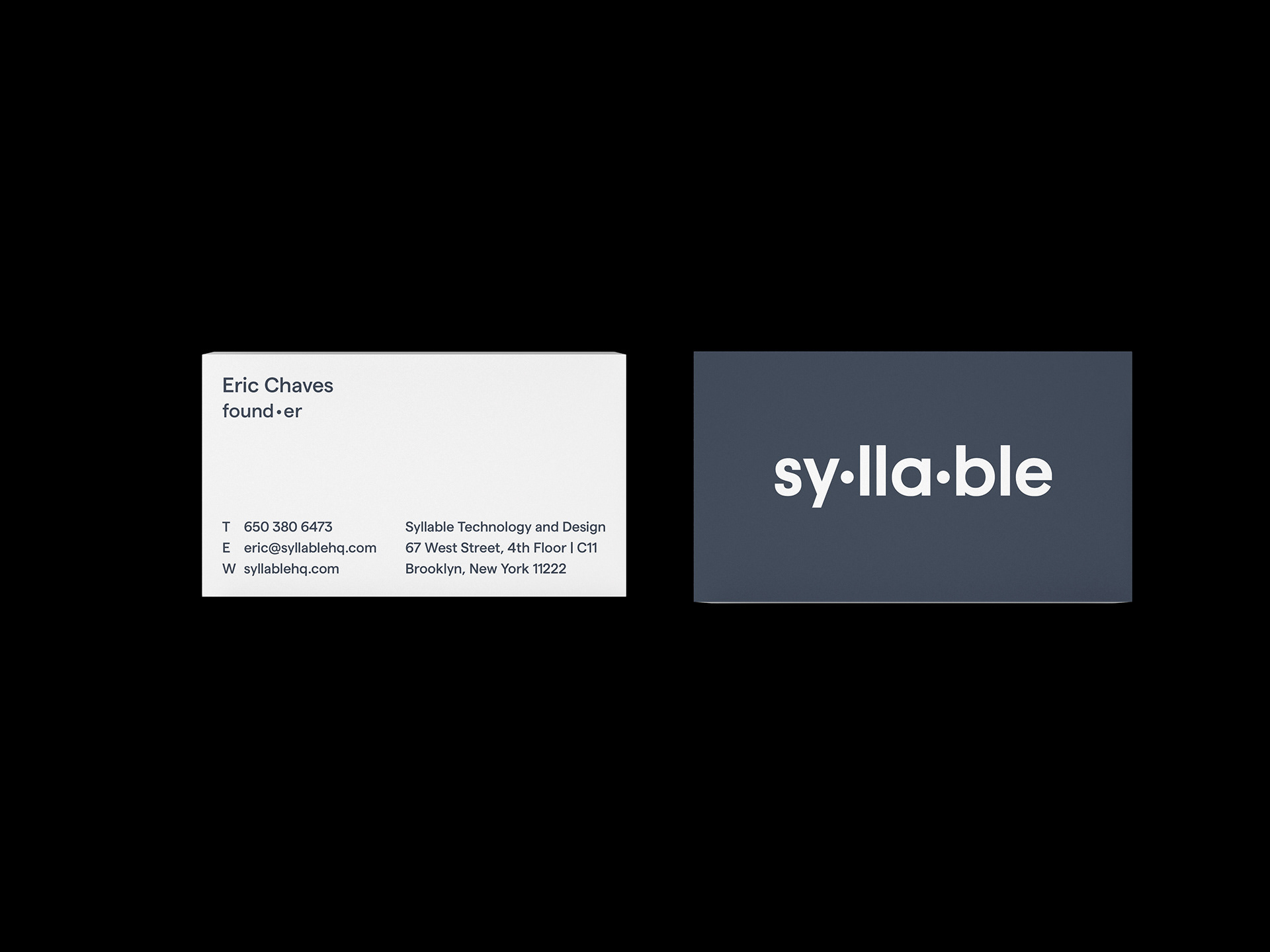
Braisted – 005
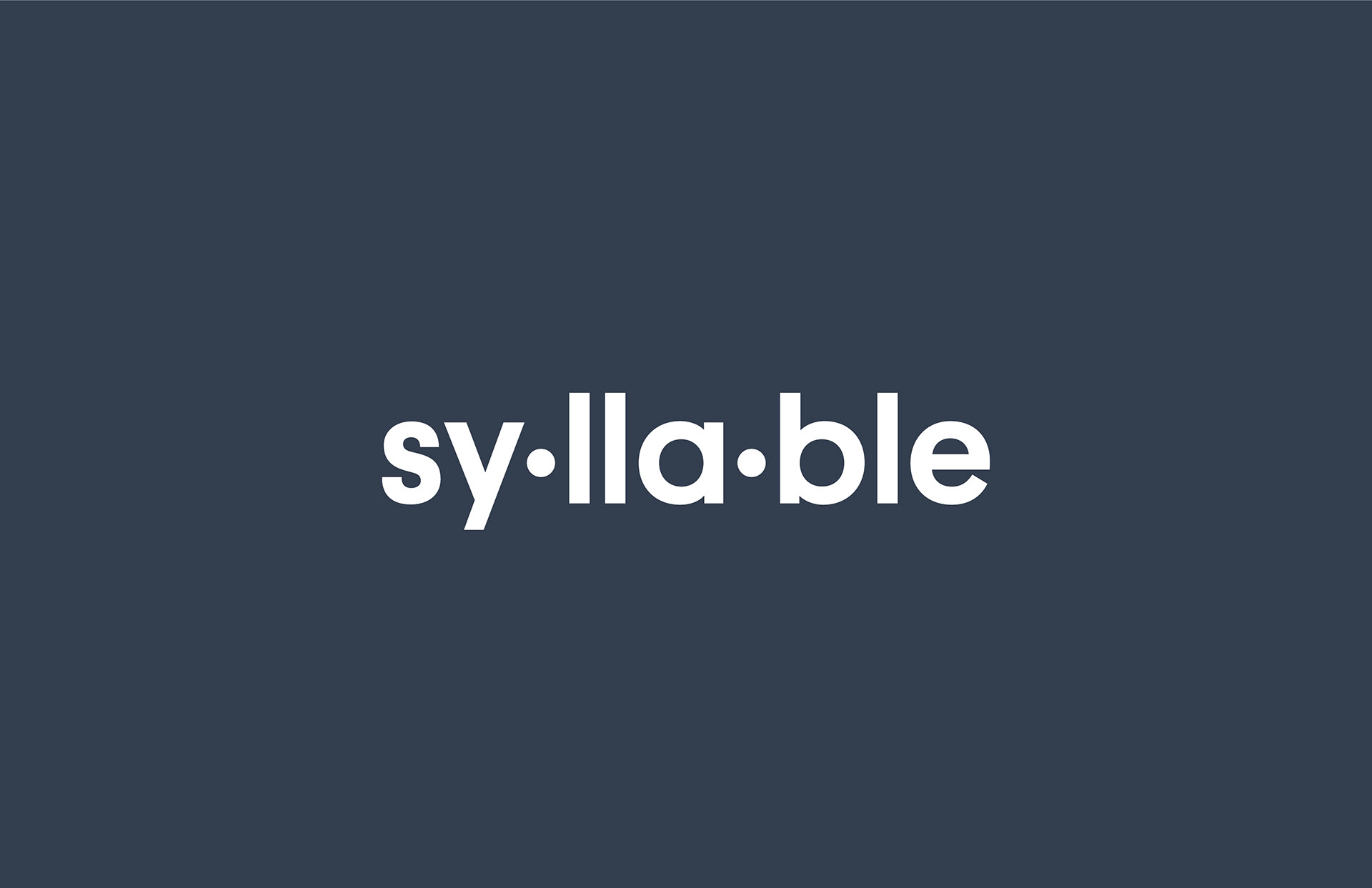
Braisted – 004
How and when did you realize you wanted to concentrate in graphic design?
I wish I had more of an epiphany moment to share but I think I was just naively following my gut when I decided I was going to major in graphic design. I knew nothing about it but somehow decided it was going to be my major when I was applying to colleges.
What was your favorite design class at UConn, and why?
Design Survey was my favorite. It was a class of observation and reflection. We walked around cities and visited some of the best design studios in the world. It was in this class I discovered a love for documenting design and typography in real life and I still have that obsessive habit today.
Read More
What was your favorite non-design class at UConn, and why?
I enjoyed the fine art classes we were required to take (drawing, painting, sculpture, screen printing) but those classes sort of solidified the fact that I am a designer and not an artist. I need a brief.
What was one of your favorite briefs from when you were a student?
One of the briefs I had when studying in London was to redesign a utility bill. It’s something so simple that every person in the world has received and yet it’s one of the most poorly designed pieces of communication I can think of. I like designing common items that are often overlooked.
What was your first design job after you graduated?
I did a couple of internships after I graduated but my first full time role as a designer was at Taylor Design in Connecticut. It was there that I learned the importance of design details and this ability to care about the small things has been really important in every job I’ve had so far.
Were you in Design Center? Share an anecdote.
I was. I remember we were designing a poster for an art auction and Edvin told me to stop thinking so systematically about the design and just to make something cool. That was when I started to learn about playfulness and how important it is in the visual design process.
Did you go to London? Share a favorite memory.
I went on the first ever UConn Design trip to London. I didn’t have an iPhone back then so I got lost A LOT which meant i got to see a lot of the city I wouldn’t have otherwise. I also missed my flight home and almost took that as a sign to stay forever.
What were some of your biggest lessons from UConn?
To not take criticism personally, that making something good is just the result of doing something over and over and over again, and that being surrounded by a community of designers is really important to me.
What do you do now?
I started my career doing a lot of branding, print design, and environmental graphics, but I’ve recently been focused on creating products and experiences at a studio called frog design in New York. Trying to make something that’s both useful and beautiful is an exciting challenge.
Do you have a freelance or creative practice in addition to your main job?
I do! It seems that every person I meet needs something designed so that’s how I’ve acquired freelance work over the years. Mainly small branding projects. It would be nice to have a creative practice that’s just my own, I just haven’t found the time yet.
What are you working on now?
Data visualizations to communicate the modern consumer’s shopping behaviors. And my website, as always.
What’s a favorite project from the past year?
I’ve been designing a lot of credit cards lately, the physical object and how it looks on the surface. It’s been fun learning about the production process and thinking about people’s relationships to their cards. I’ve even gotten to design a more accessible credit card for people with low vision.
How do you start? And how do you know when it’s done?
I don’t know when I’m done but I know I’m not done if I haven’t showed it to a bunch of people for feedback. I start most projects similar to how I started graphic design in the first place; I just naively jump in.
What inspires you? What influences you?
I’m inspired by cities. Everything about them. The signs, the systems, the fashion, the sounds, and the constant variety. I’m mostly influenced by the people I work with. I love how everyone has a different journey and perspective and that often impacts how I make decisions in a project or about my career.
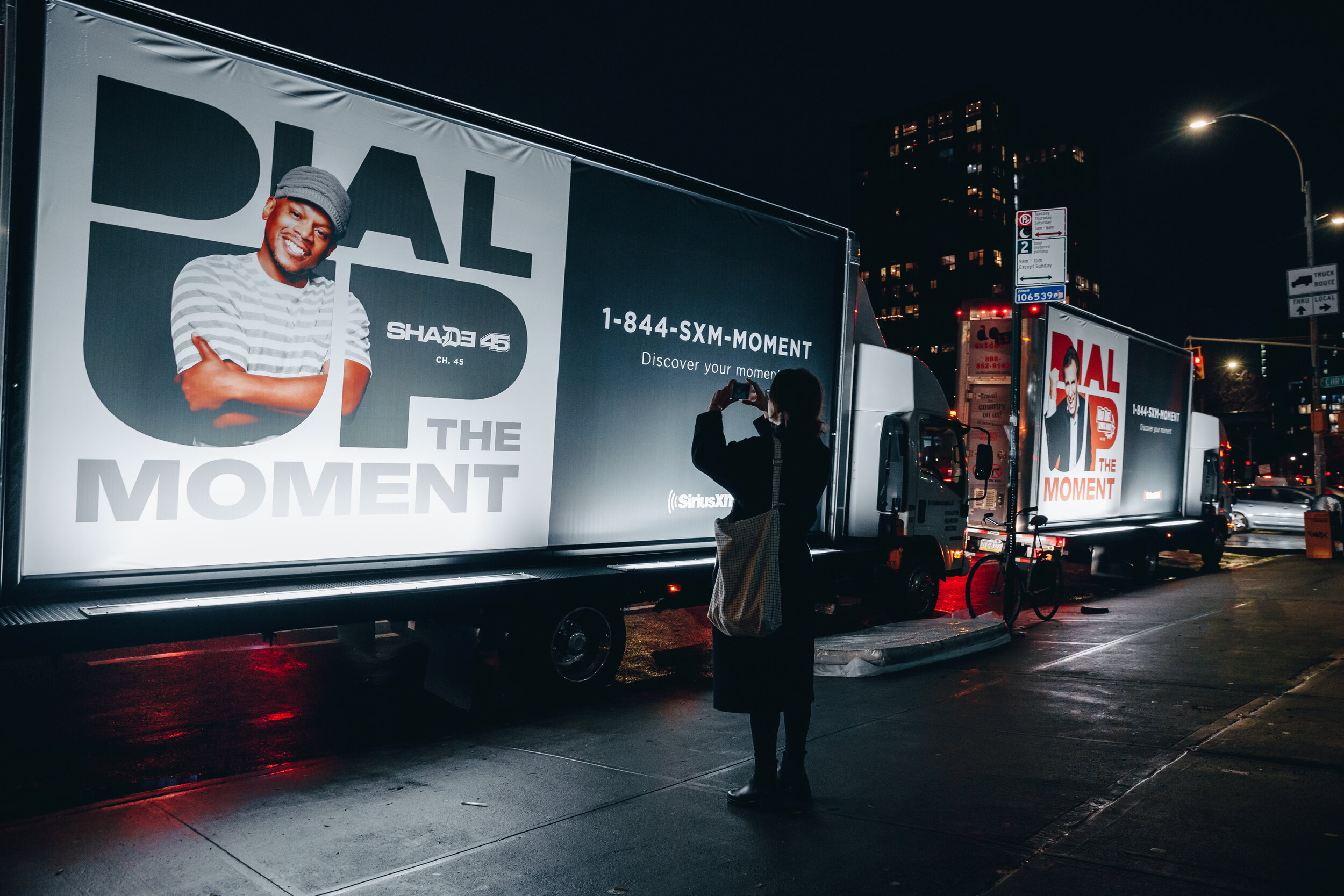
Crosby – 022

Crosby – 021
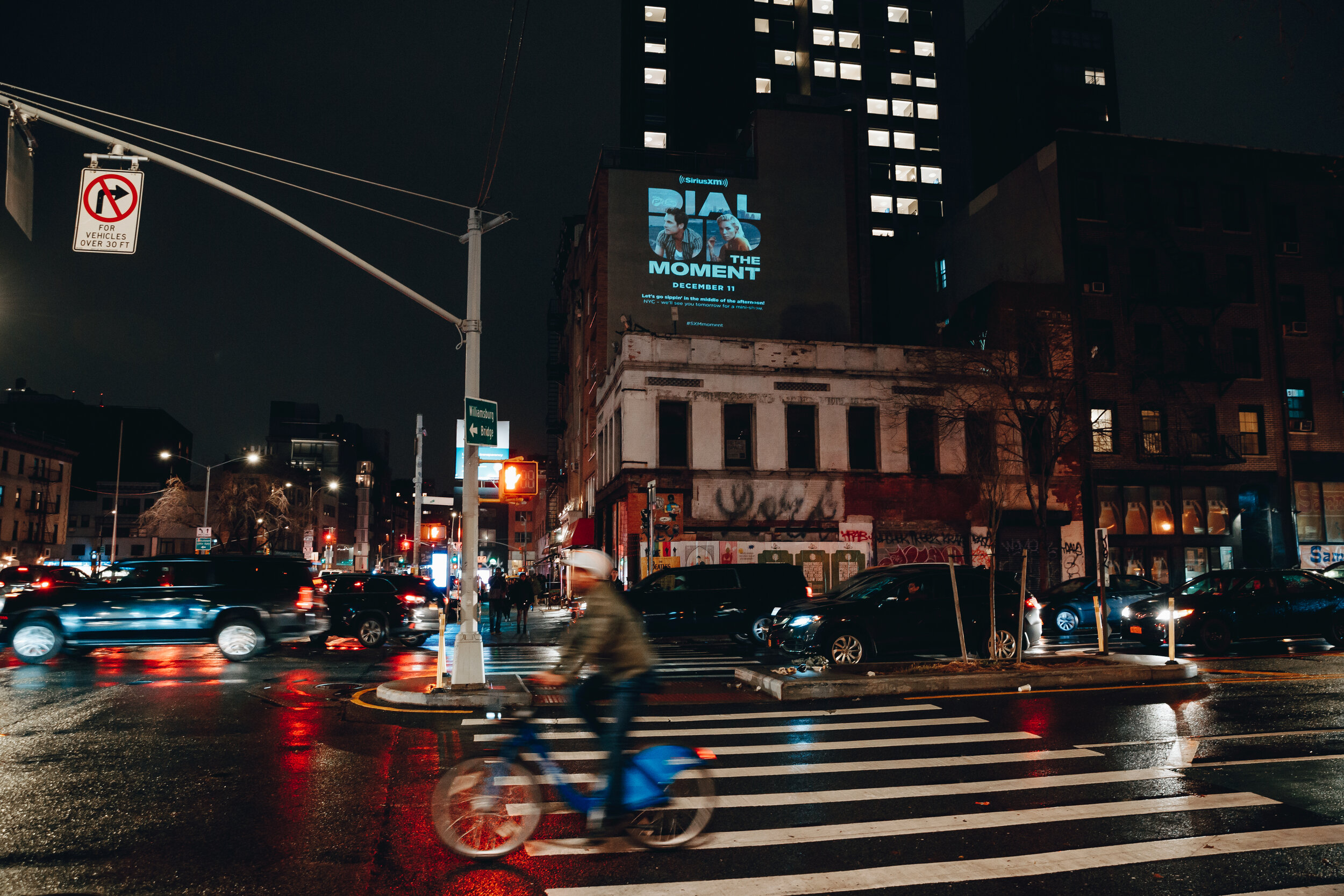
Crosby – 020
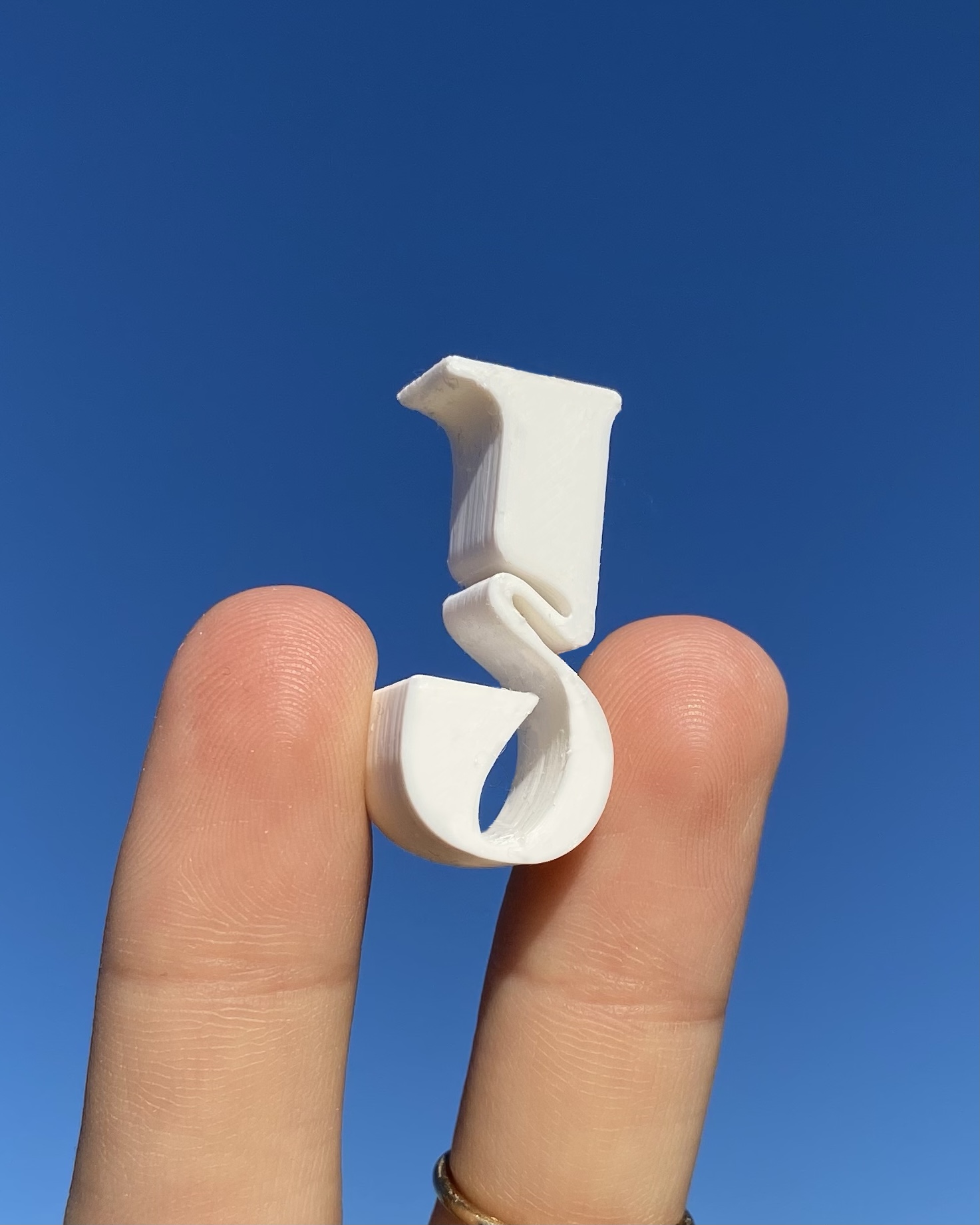
Crosby – 019

Crosby – 018
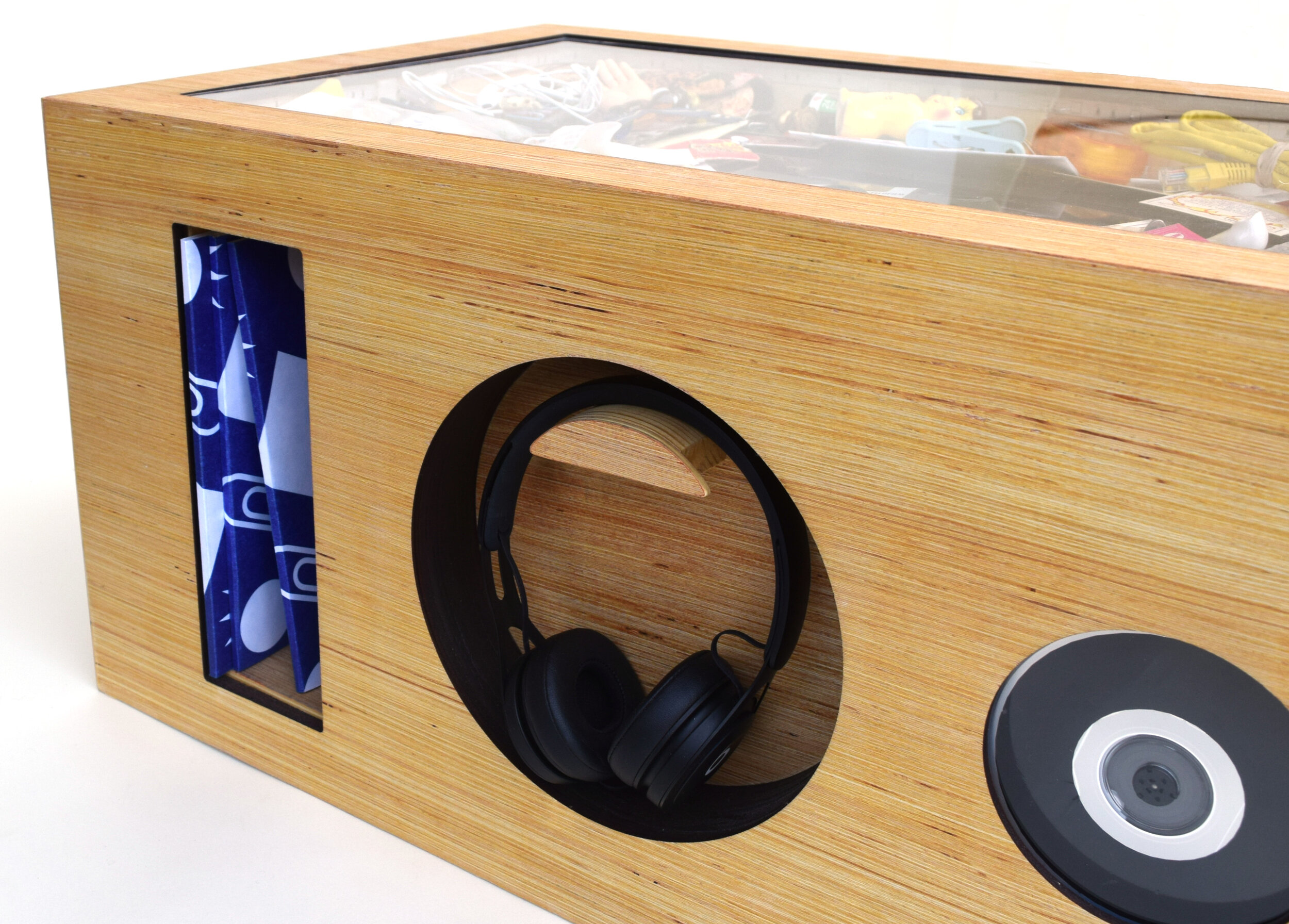
Crosby – 017
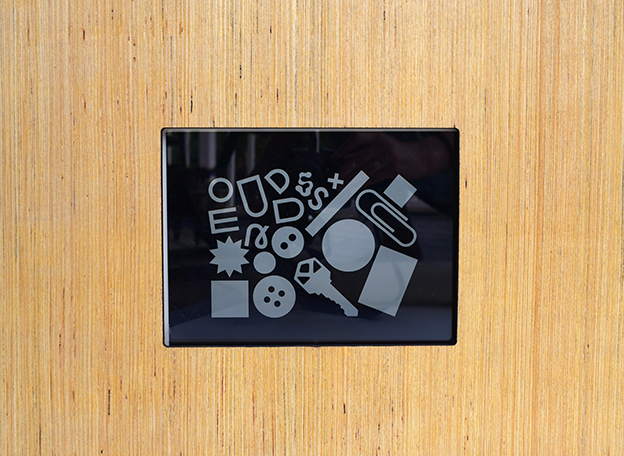
Crosby – 016

Crosby – 015

Crosby – 014
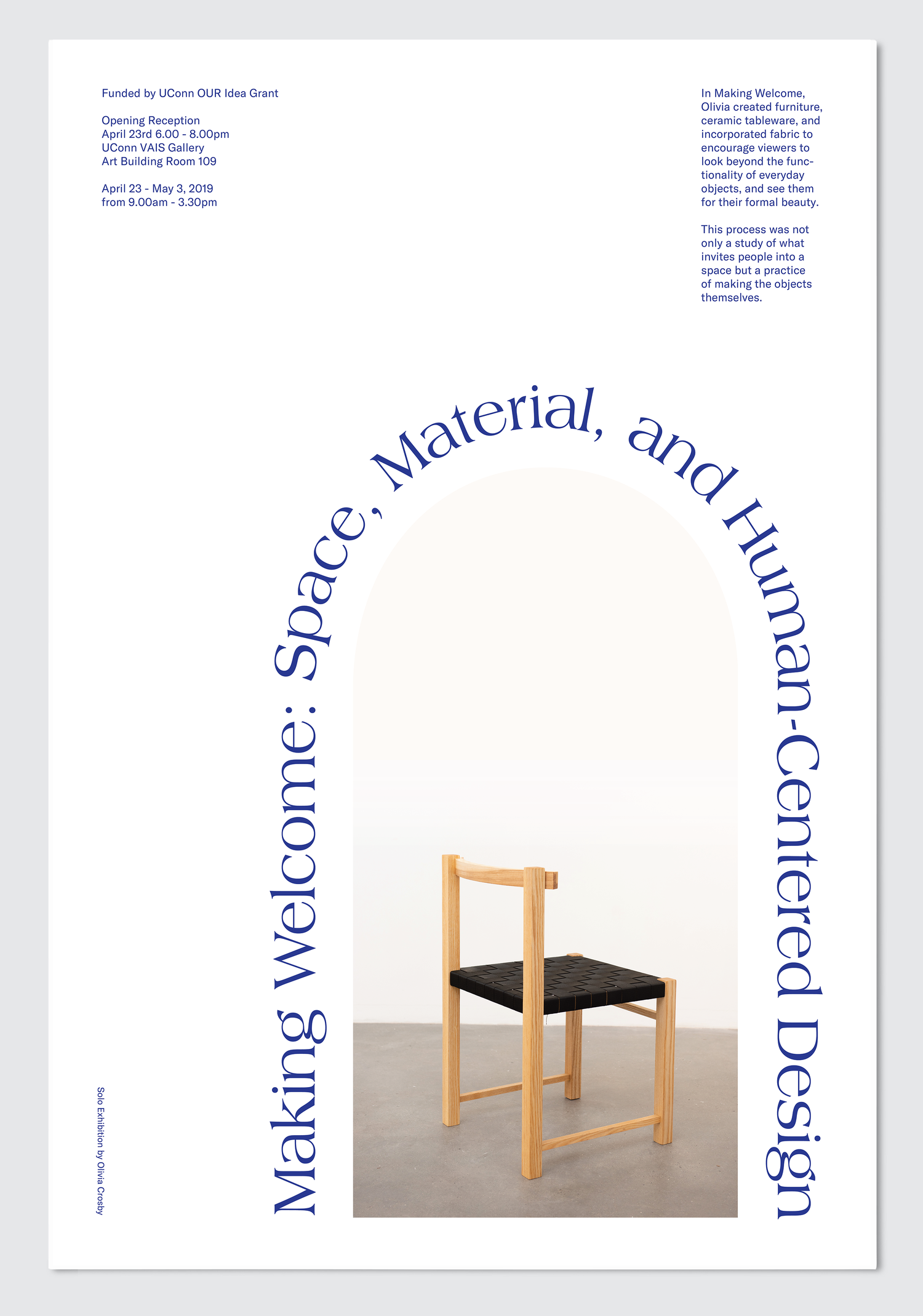
Crosby – 013
How and when did you realize you wanted to concentrate in graphic design?
During my freshman and sophomore year at UConn I tried everything- accounting, anthropology, biology, philosophy- and anything I learned in these other areas always brought me back to the print shop or design studio, trying to figure out ways to make something of it.
After taking my first graphic design course, I realized the things I once thought were separate could come together through my design education. The process was similar to the various scientific/research methods I was learning in other areas. They involved a process of researching, asking questions, and interrogation. But design incorporated empathy, a human-centered curiosity, and visual translation of ideas. The questions I was learning to ask through design were what made me realize I wanted to pursue this way of thinking and seeing the world.
What was your favorite design class at UConn, and why?
Design Build was my favorite design course. We made drawing machines, Da Vinci bridges, and spoons. I've made ceramics since early high school and always considered my sculptural background something that lived separately from my graphic design work. This course was the first time I had exposure to this overlap of design and making which changed my trajectory as a designer. The class practically catapulted me into my senior thesis and application for an IDEA Grant to build and design furniture. Learning about the design and function of everyday objects has been a love of mine ever since.
Read More
What was your favorite non-design class at UConn, and why?
This is a tough question- the woodshop, metal shop, print shop, and ceramics studios were such special places to me. I would have to say the Vessel Construction ceramics class was one of my favorites because we were asked to question a form that was so deeply ingrained in me after doing pottery for so many years. I'd like to believe you can only have a beginner's mind once, but this course opened my eyes to the idea of the vessel once again in such a beautiful and new way. Also, I just loved any opportunity to be in the ceramics barn on campus 🙂
What was one of your favorite briefs from when you were a student?
One of my favorite briefs during my last year was to find an episode from the podcast 99% Invisible and make something. I found a featured episode of Everything Is Alive, a podcast where host Ian Chillag interviews inanimate objects (played by actors) about their life story. The episode I listened to was with a can of cola, and it was brilliant.
In response to this episode, and with the spirit of the podcast, I began research on people's relationship to objects and the human qualities we project onto them. This led me to comfort objects. I decided to design and make 6 "companions" out of soft yellow fleece. They had long legs and arms, roughly human-shaped, with a round bottom. I left them in the library for one day during finals week. It was a success. Watching people flock to them, tie their arms around their necks, hold them by their bottoms, and dance with them was delightful.
What was your first design job after you graduated?
After graduation, I freelanced for a few months, worked on a start-up and found myself in New York couch surfing with friends. My first job was as a Designer at a PR Communications Agency called Zeno Group. One of my first projects there was a national brand awareness campaign for SiriusXM. It was full of pop-up shows around the country, and I worked on the design system and various creative activations in New York, LA, and Nashville. It was surreal to see my work around the city, something I had only dreamed about in undergrad when we would do studio visits in New York.
Were you in Design Center? Share an anecdote.
Design Center was such a gift in so many ways. It was such a privilege to work alongside faculty and be given independence on client projects. It was so fulfilling to work on briefs that were part of the UConn community, like designing the publication Long River Review, a mural for the psychology department, posters for award-winning poets, and designing the identity system for the MFA graduate show. It was where I learned I loved working on exhibit identity systems! We were exposed to so many types of projects outside of classroom briefs and worked with non-designer clients. It prepared me in so many ways for the professional work I do now.
Did you go to London? Share a favorite memory.
I went to London my senior year, and it was incredible having access to the UAL community and so many amazing museums! It was practically a creative playground. The faculty at Central Saint Martins was so welcoming- I remember sitting outside design writer Dr. Peter Hall’s office and being able to chat with him about various ideas for my senior thesis. It was such a special experience.
During my time there I went to every museum I could think of. My favorite being The Design Museum, which had an exhibit called Home Futures (which couldn’t have been more perfect since I was obsessed with everything living space/furniture design).... (I think I went three times). I frequented the CSM library and wandered around book stores. I bought so many design books on typography, various exhibits I had visited, and design theories that my suitcase was OVER the overweight limit on the way home.
What were some of your biggest lessons from UConn?
The conceptual design thinking that I learned has proven to be the greatest skill I gained through this program. I appreciate the hunger it gave me to ask questions, and the curiosity it instilled in me to explore various material and digital processes. Even though I have just started my career, I have learned that anyone can make something or learn to use a program, but the questions and concepts you contribute are what set you apart.
What do you do now?
I am a visual experience designer at Local Projects, working with cultural institutions to create installations and museums. This is a dream come true as a museum lover. I get to work with organizations who are doing amazing work like the 1921 Tulsa Race Massacre Centennial Commission and Futures Without Violence. My everyday work consists of designing visual systems for museums and exhibits, sometimes branding, but always working with the various creative teams in the studio like our content team, architects, creative technologists, and many others to bring these experiences to life. It takes a village, and there are so many people to listen and learn from.
Do you have a freelance or creative practice in addition to your main job?
My practice consists of personal and freelance projects that excite me. I try to make time to keep up with my love for woodworking, ceramics, and playing with my 3D printer. I have been able to keep in touch with friends from the UConn art program, and try to collaborate with other creatives as much as possible. I am currently working on some small mobile exhibits (involving my bicycle) with some wonderfully creative people in my life, so stay tuned!
What are you working on now?
I just finished working on my first museum project, and my first on-the-ground install since starting at Local Projects. The Greenwood Rising Black Wall St. History Center tells the story of the Greenwood District before, during, and after the race massacre of 1921 and the history of this resilient community and what it has survived. I was in Oklahoma for a few weeks, and it was incredibly humbling to be part of this work and see it all come to life! Now I will be starting on the exhibit design for another museum, so check back with me next year for updates.
What’s a favorite project from the past year?
One of my favorite personal projects from this past year was participating in 36 Days of Type! It is such a fun challenge on social media with designers from around the world. Every day for 36 days, everyone is designing and posting their letters. This was my first year participating and I designed and 3D printed upper and lowercase versions of all my letters.
How do you start? And how do you know when it’s done?
Every project has a different entry point for me and offers its own challenges and excitement. Research is how I always find my footing in a project, finding the questions I want to ask is where I find my rhythm and momentum. I am still learning to get familiar with the "knowing when it's done" sensation. Usually, it's a point of satisfaction that tip-toes between just enough and overworking an idea.
What inspires you? What influences you?
Listening, reading, and watching. Wandering around museums, book stores, or going on bike rides are when I get the most inspired. I am always curious about how we experience things and project our emotions on the visual content we consume and the physical objects and spaces we live with.
Learning how to use different tools and materials allows me to have a beginner's mind over and over again, which is my favorite place to be.
Reading about designers like Isle Crawford and Hella Jongerius and their design process have been huge influences on my work. Designing with a cool head and warm heart, and understanding that nothing is new, and that there is a rich history behind every idea has shaped my design and research process.

